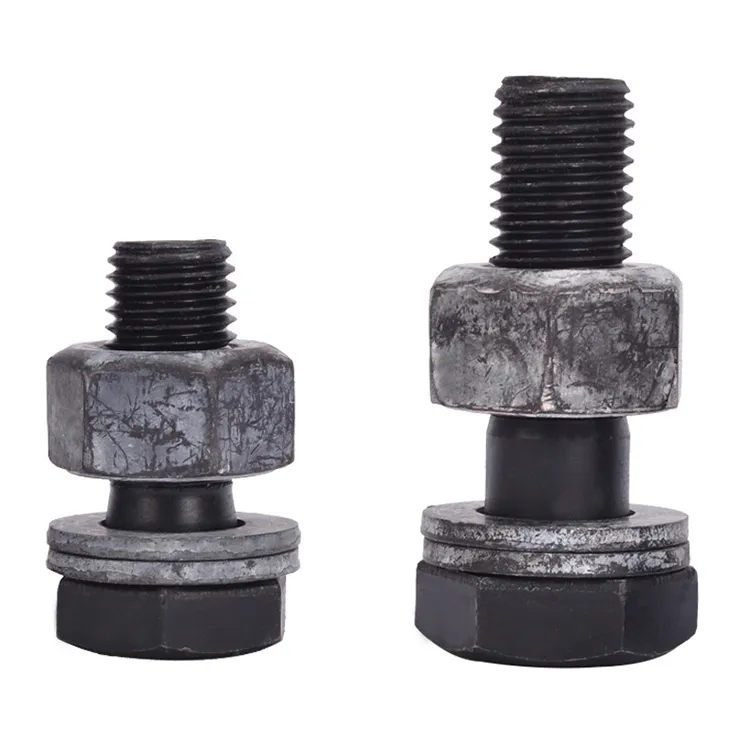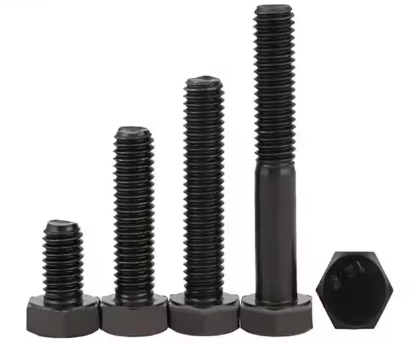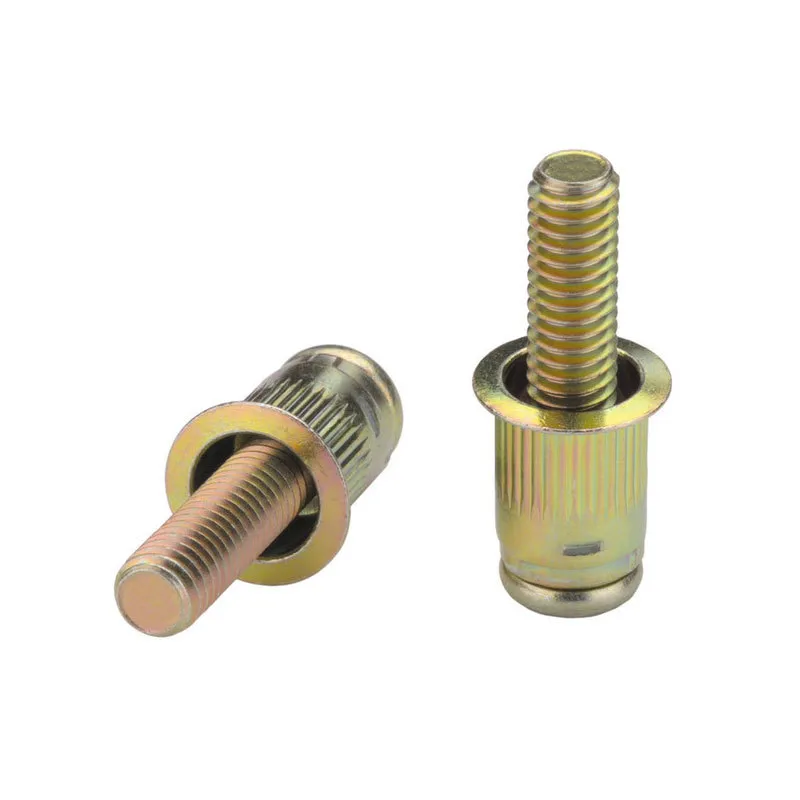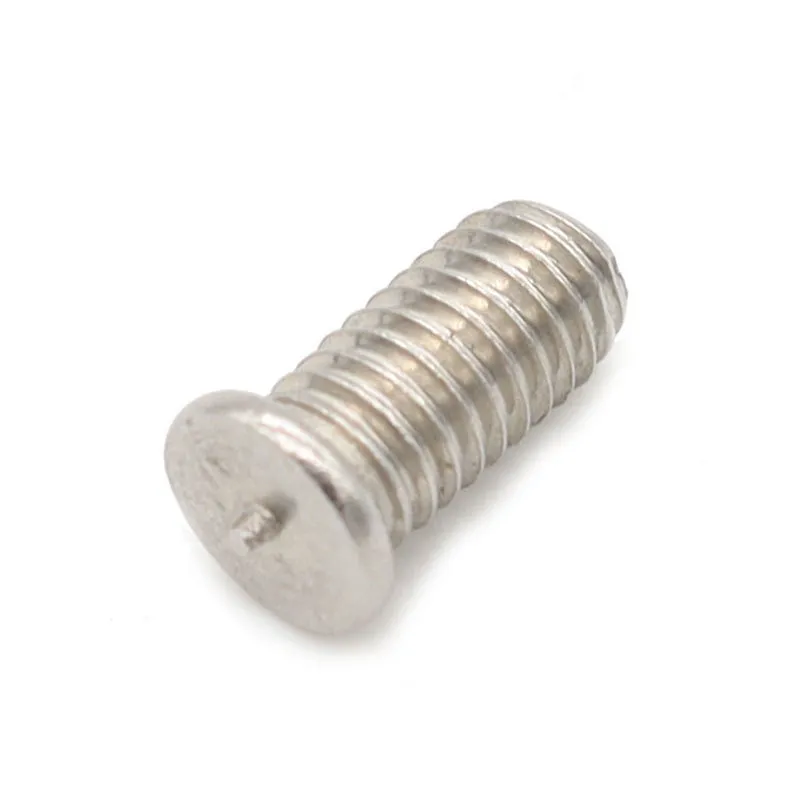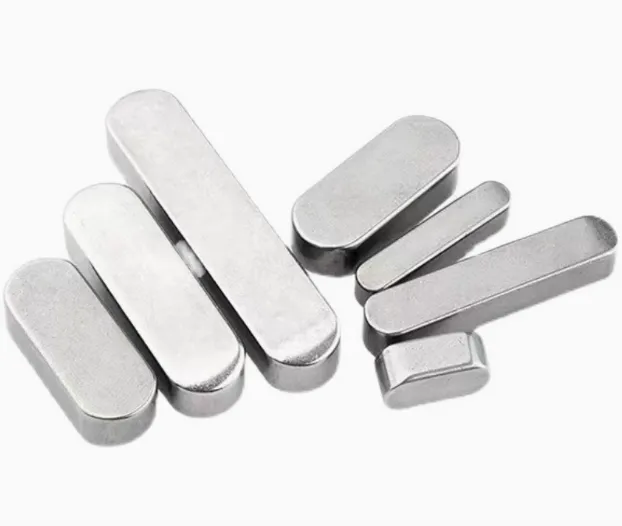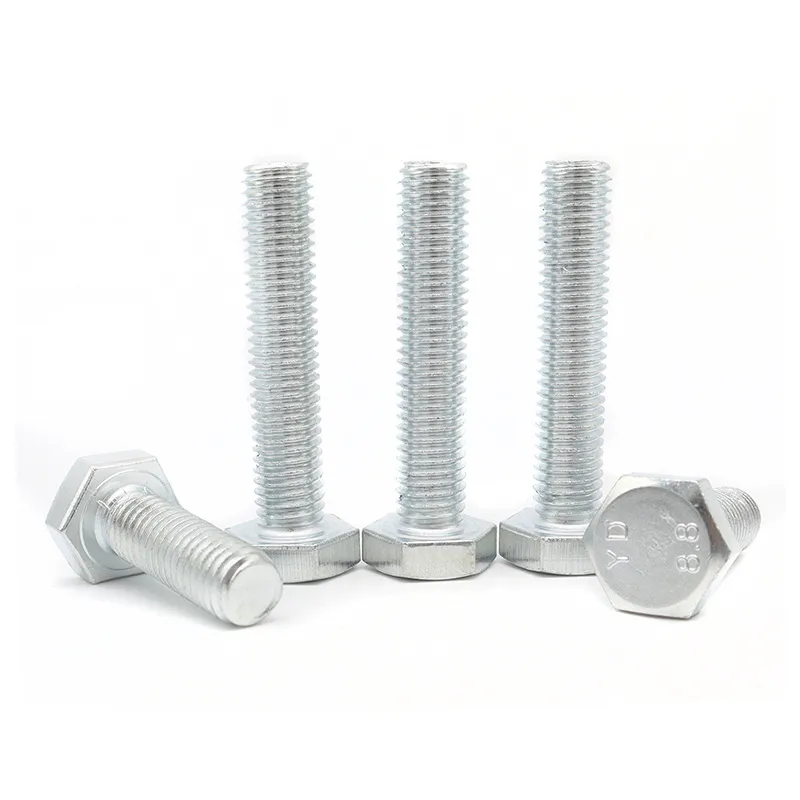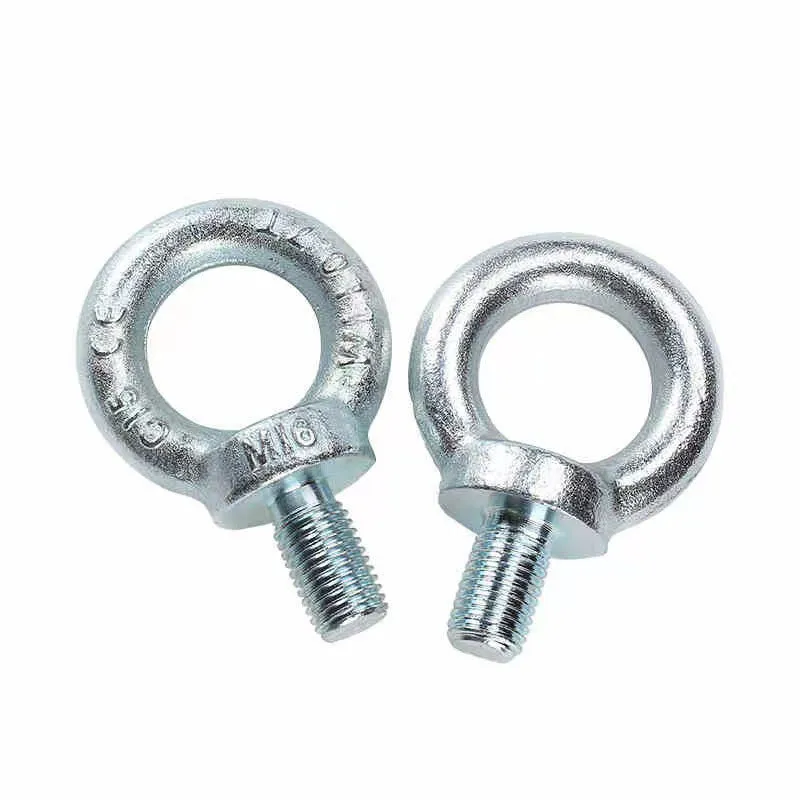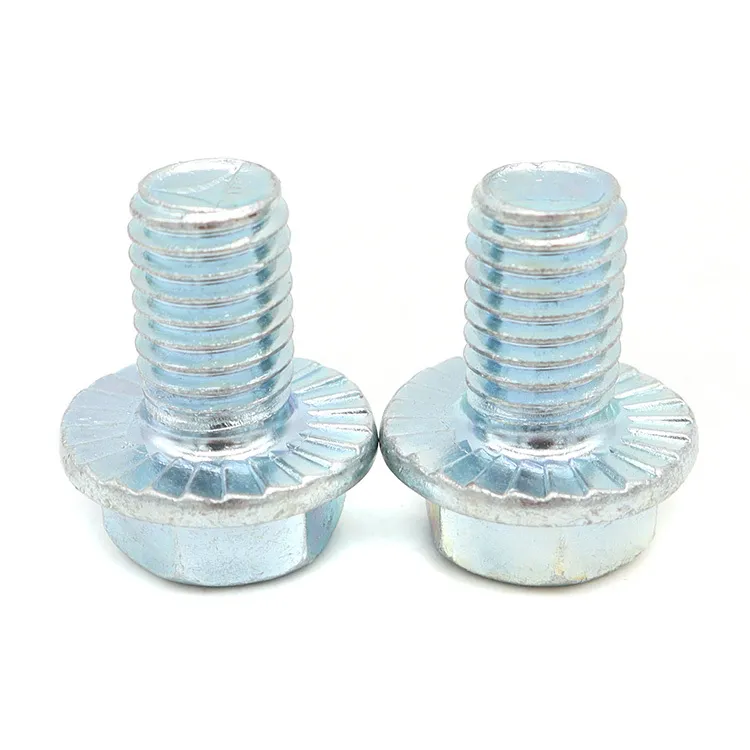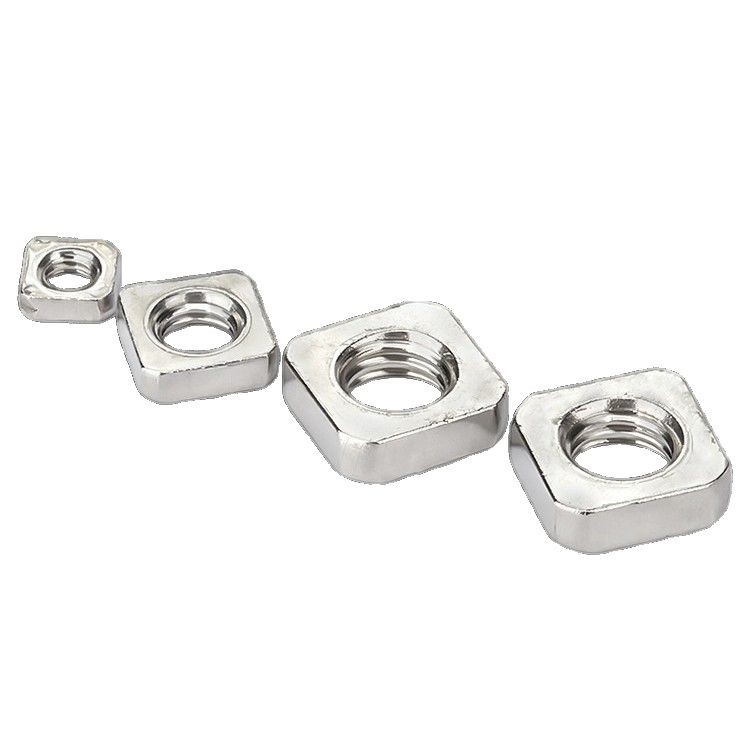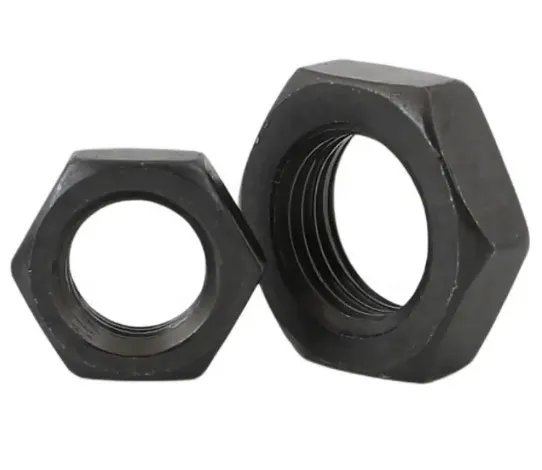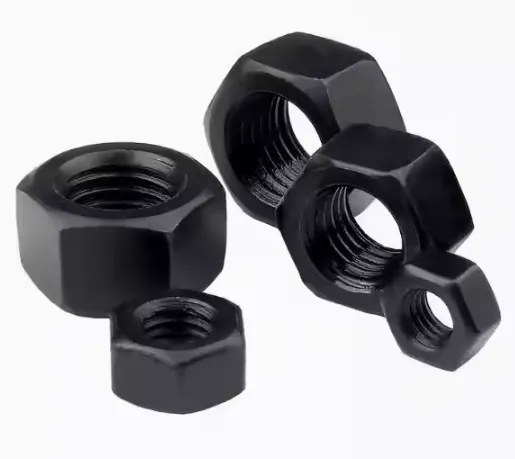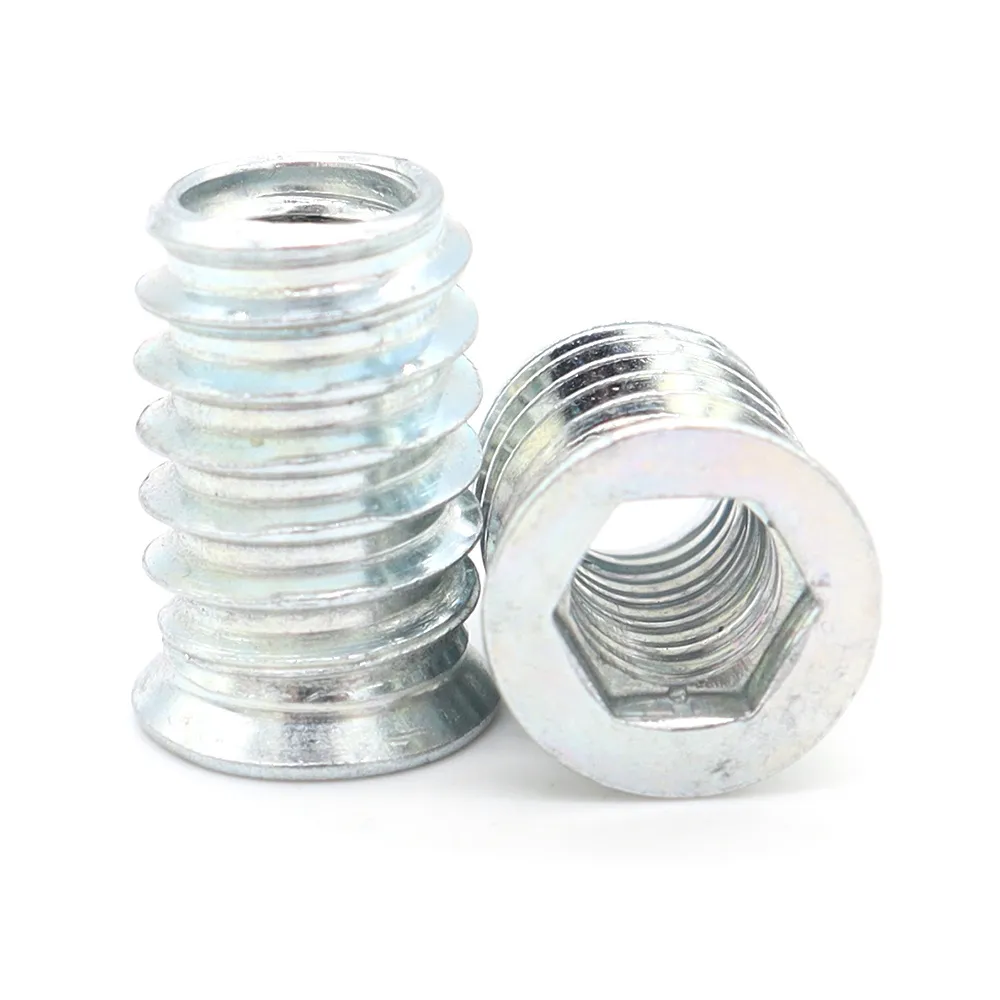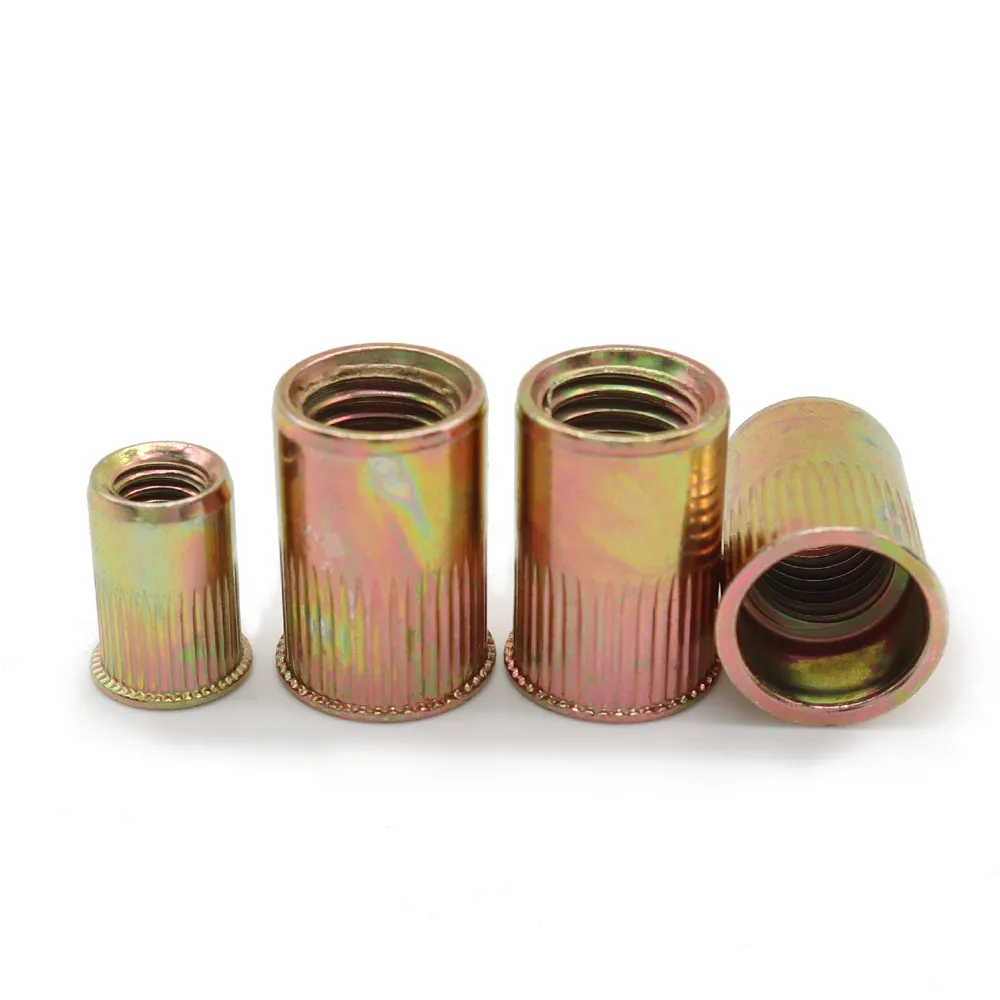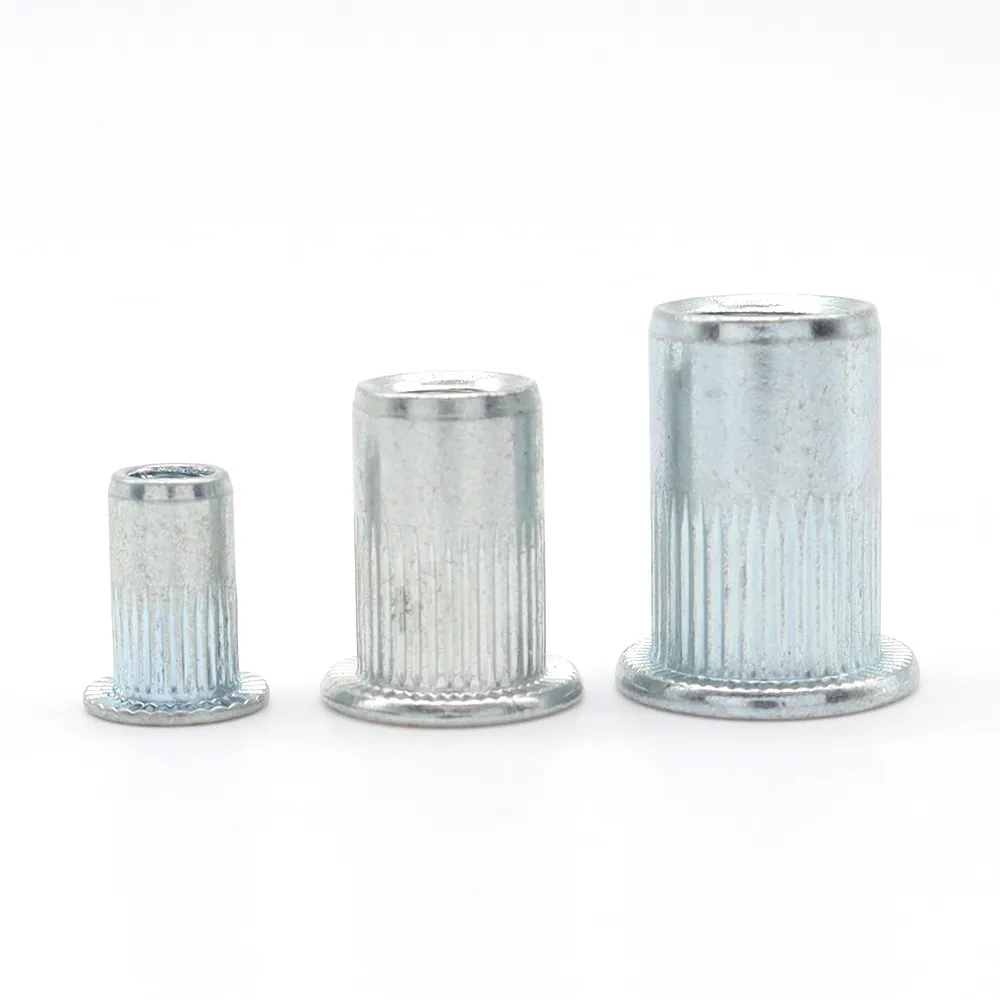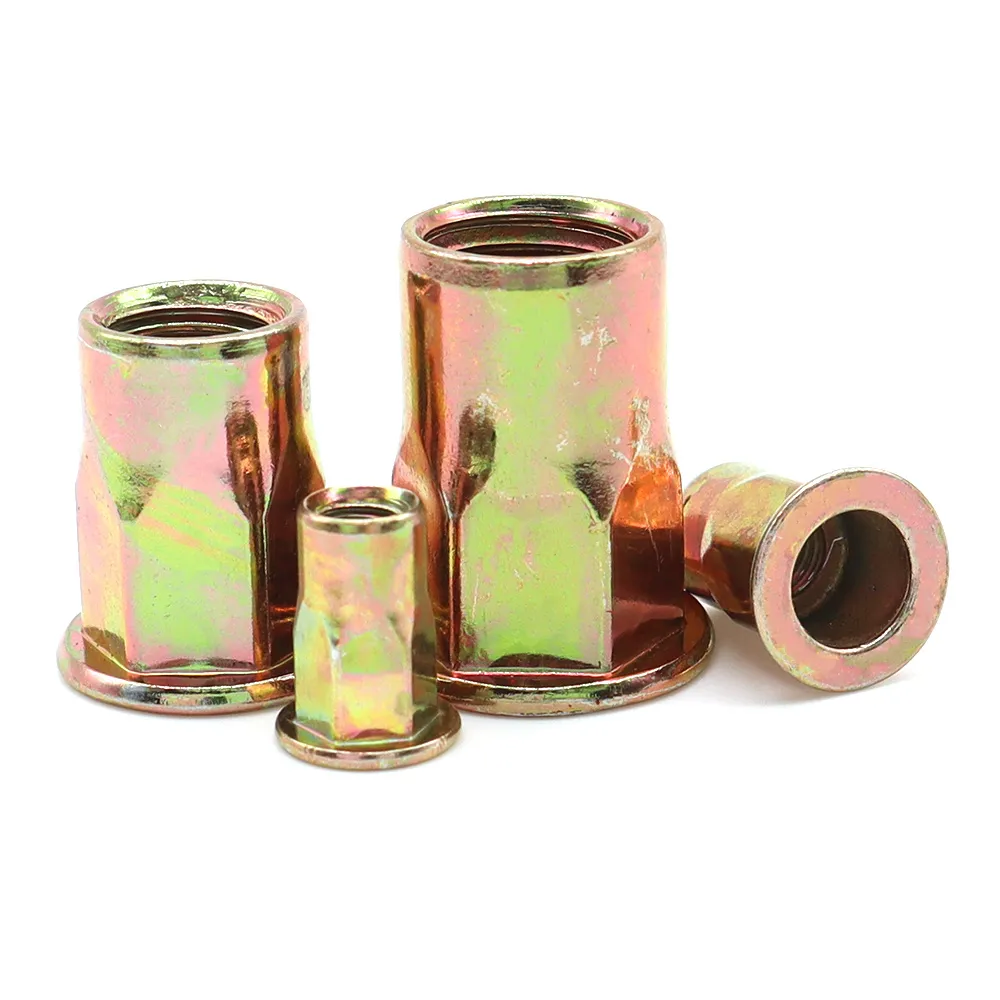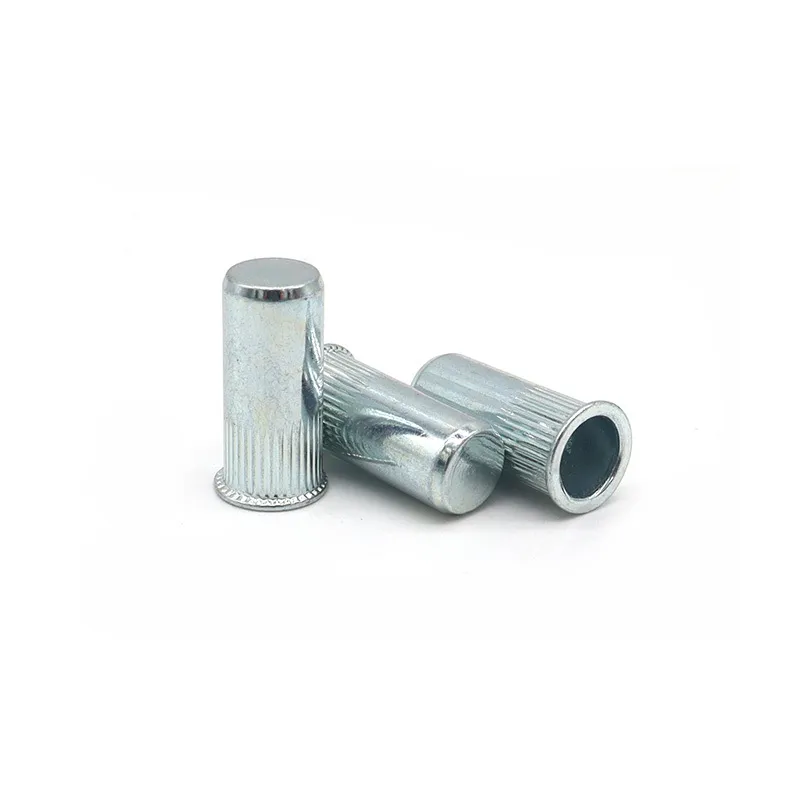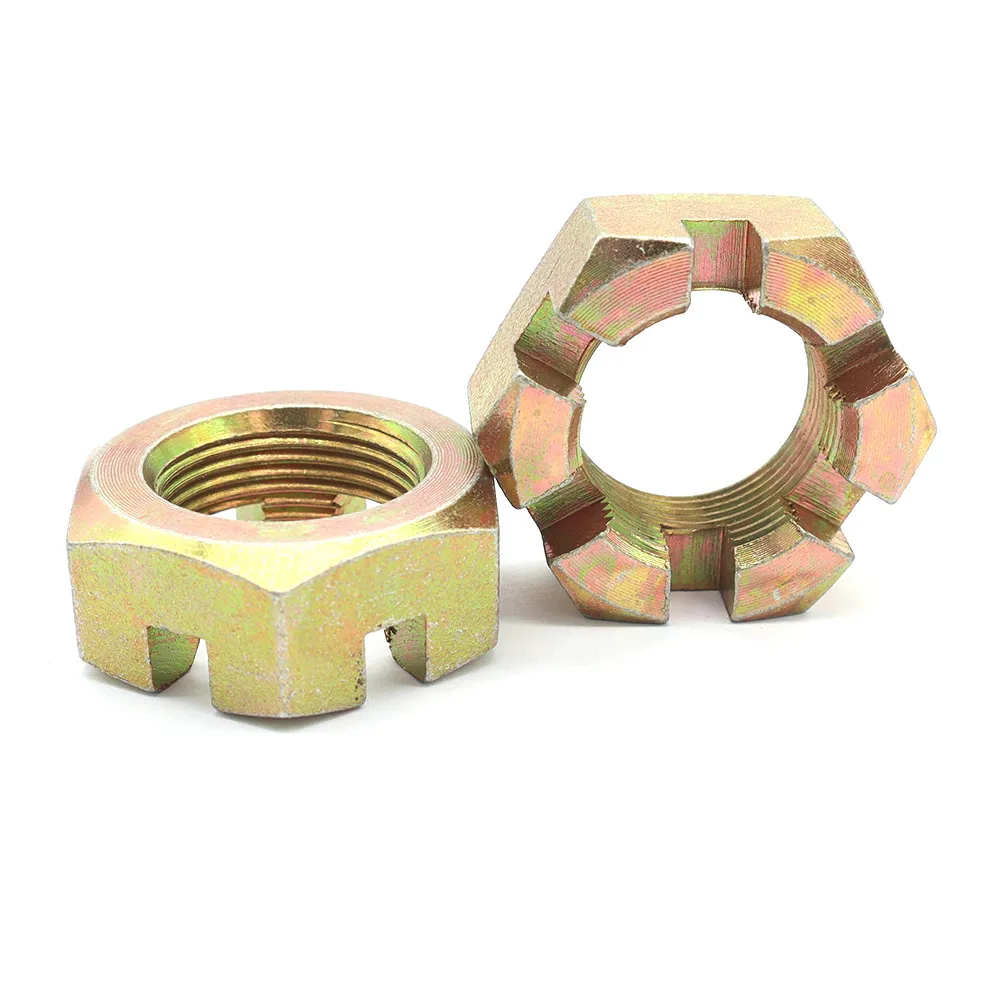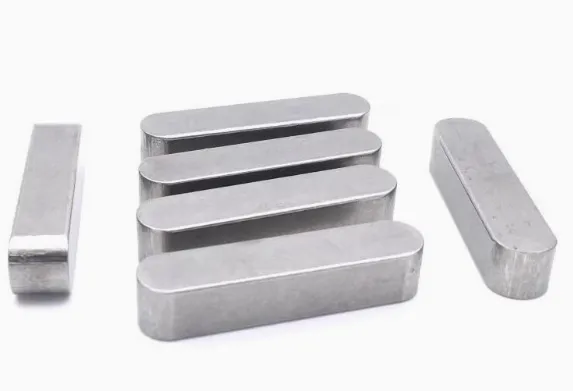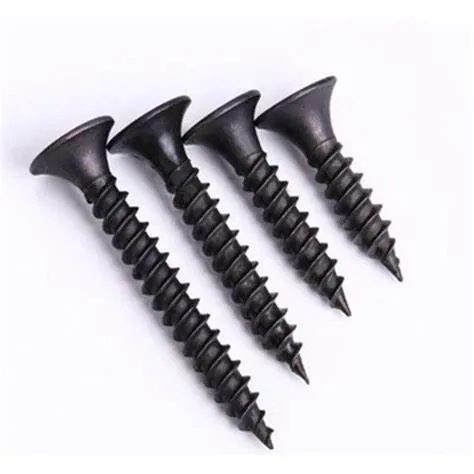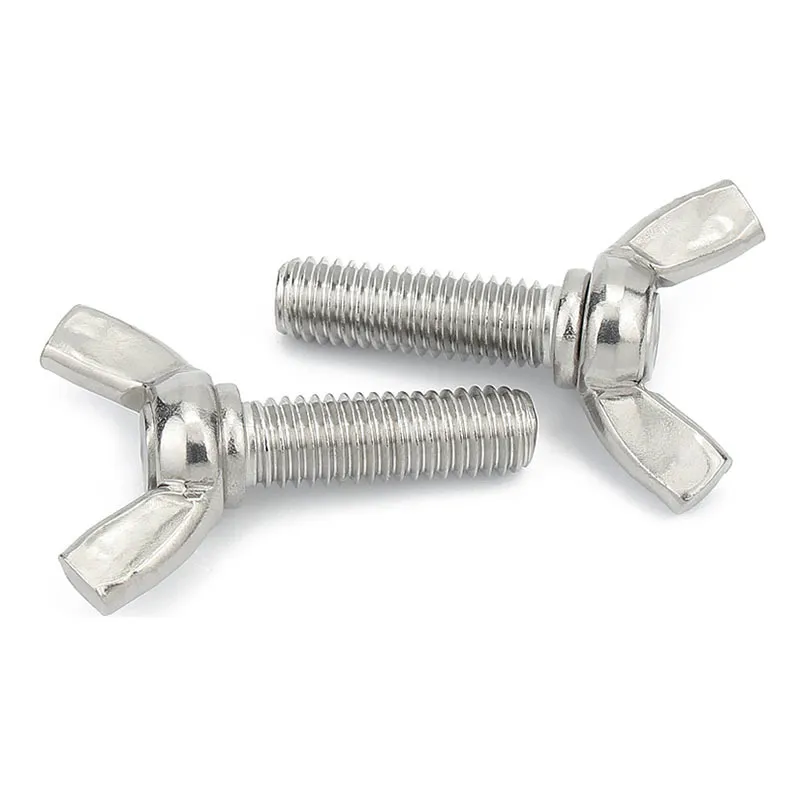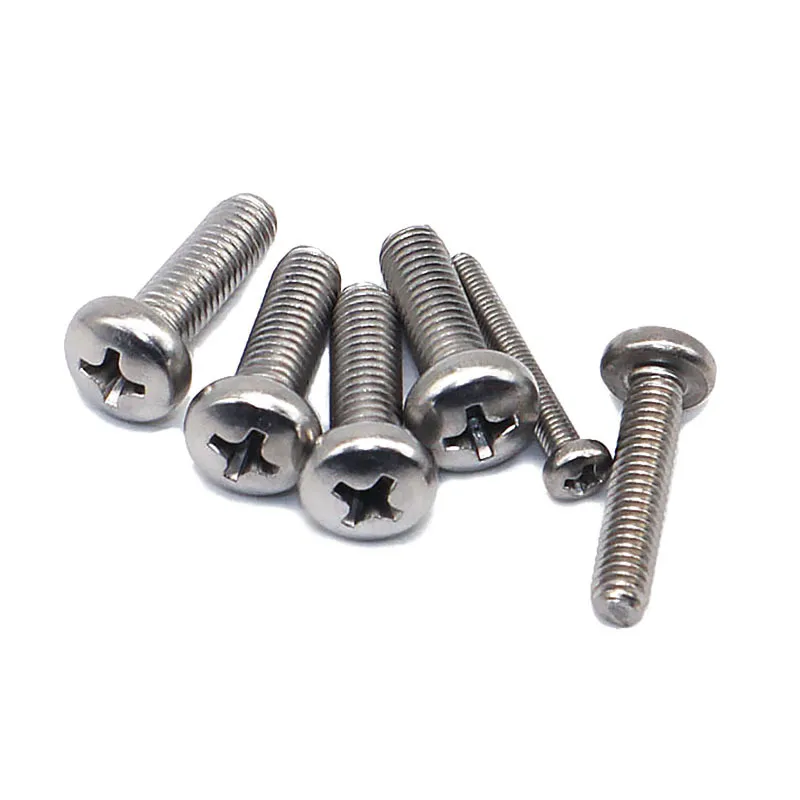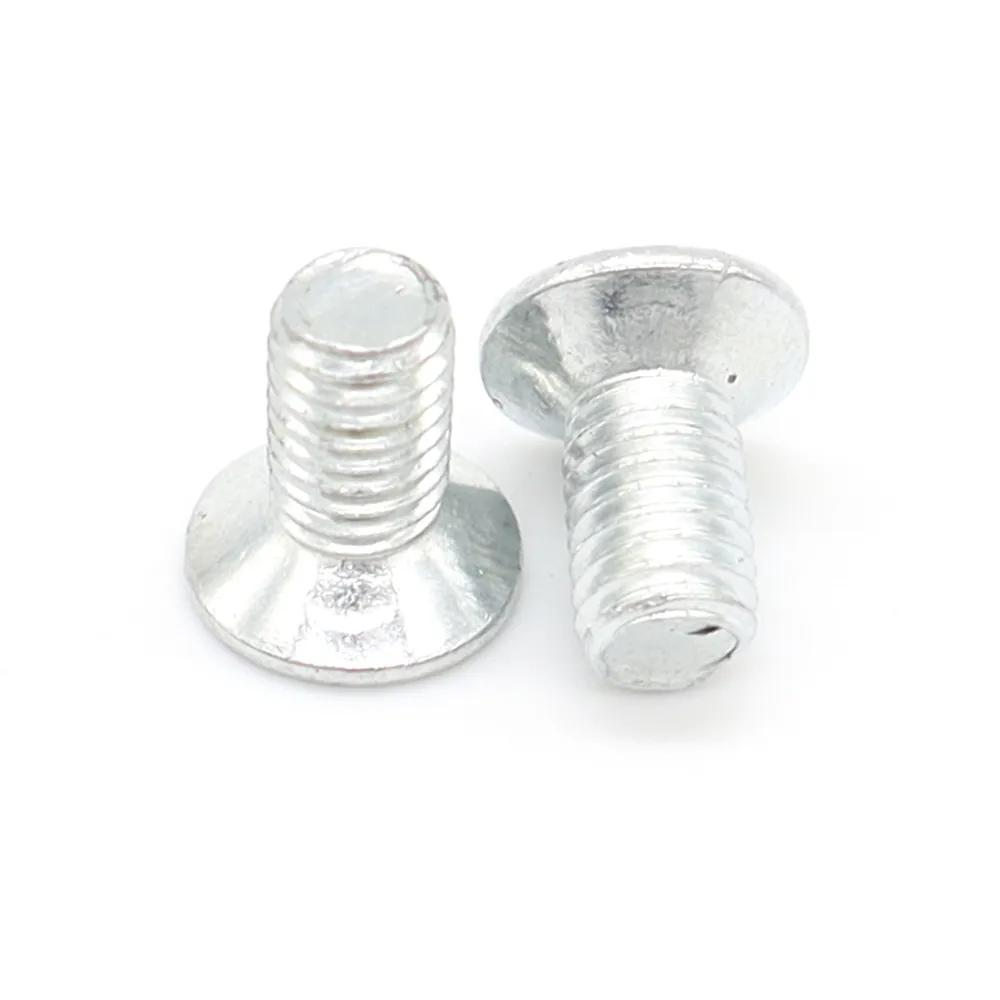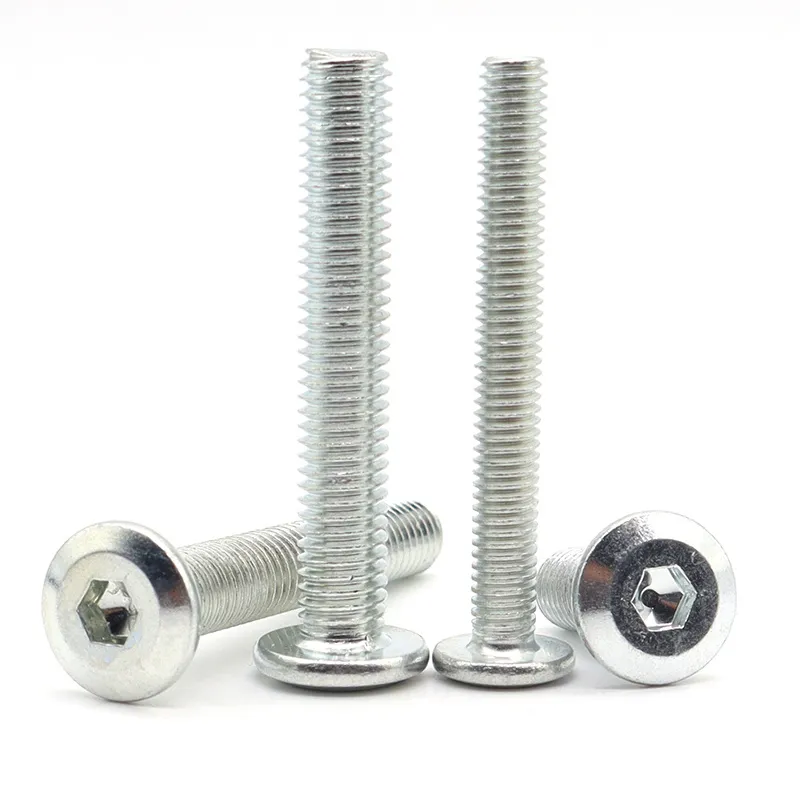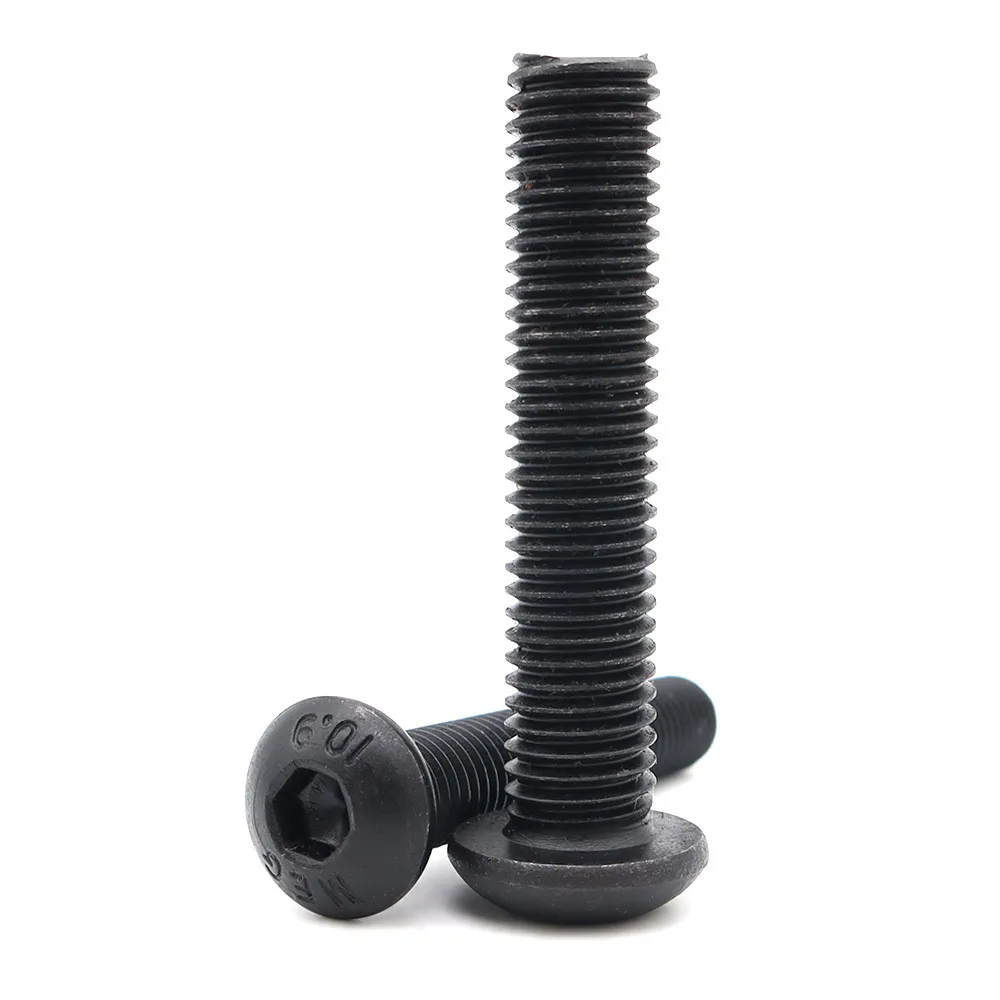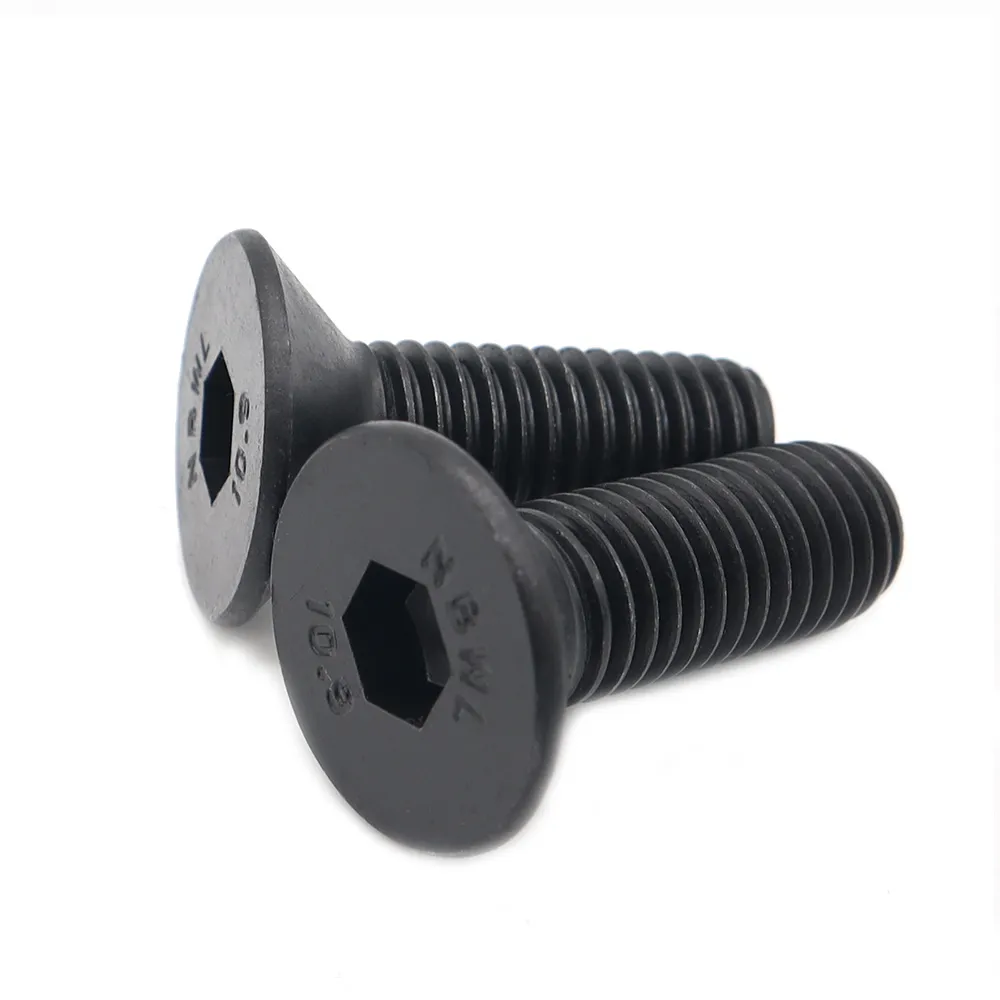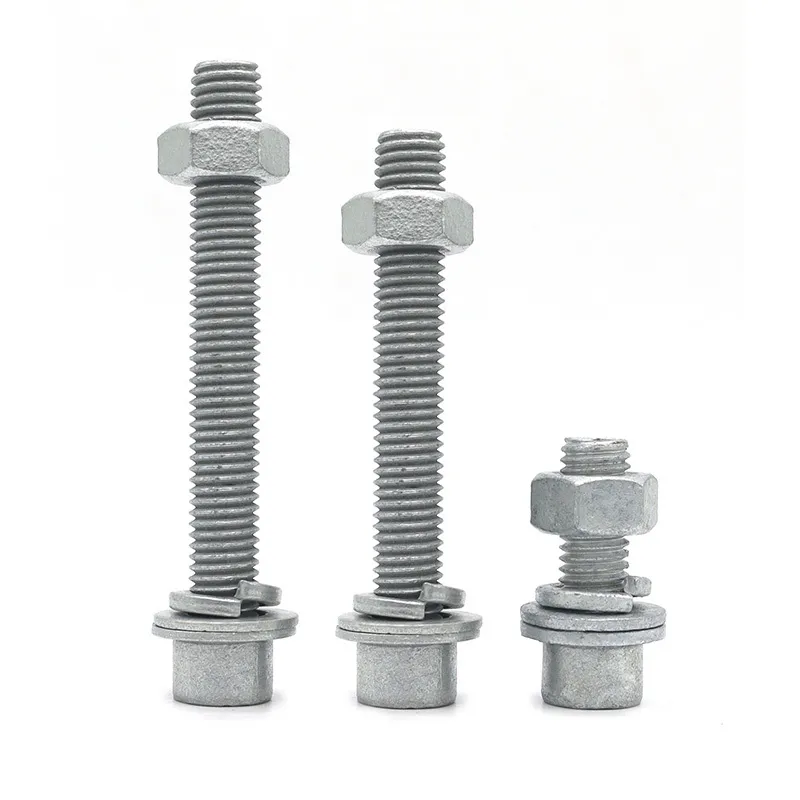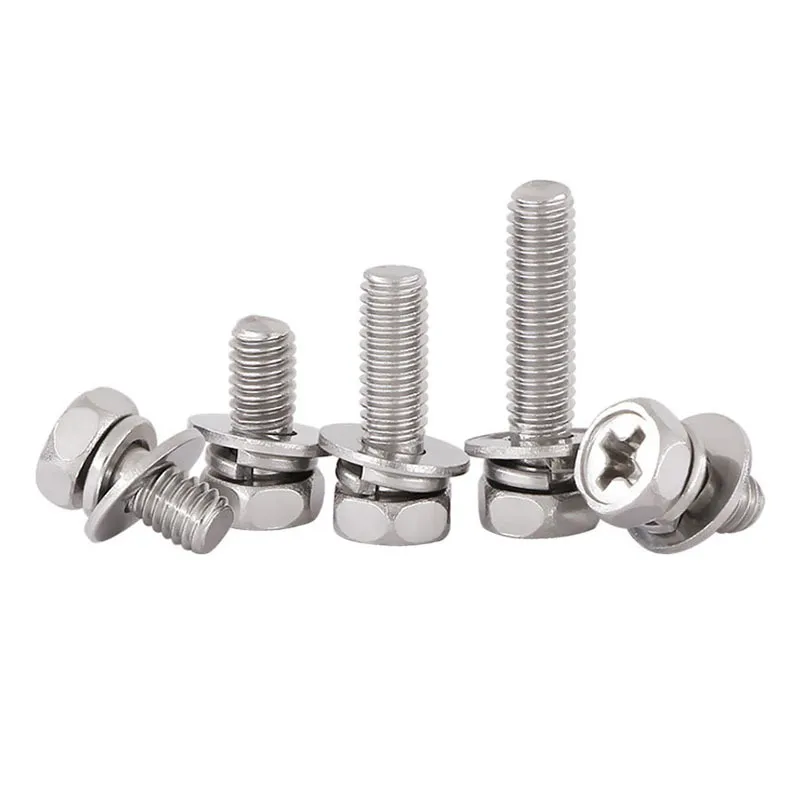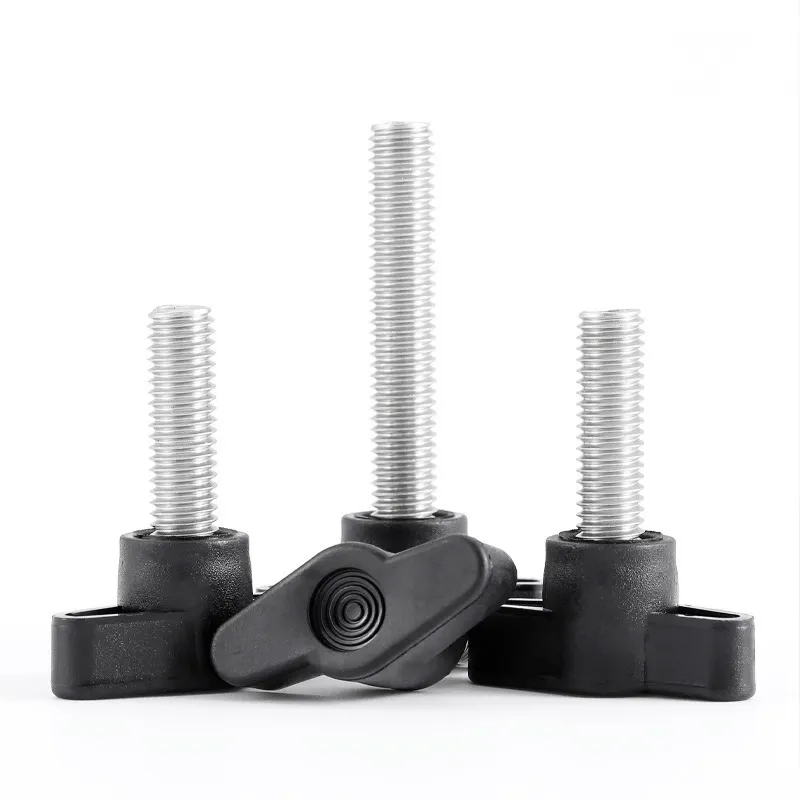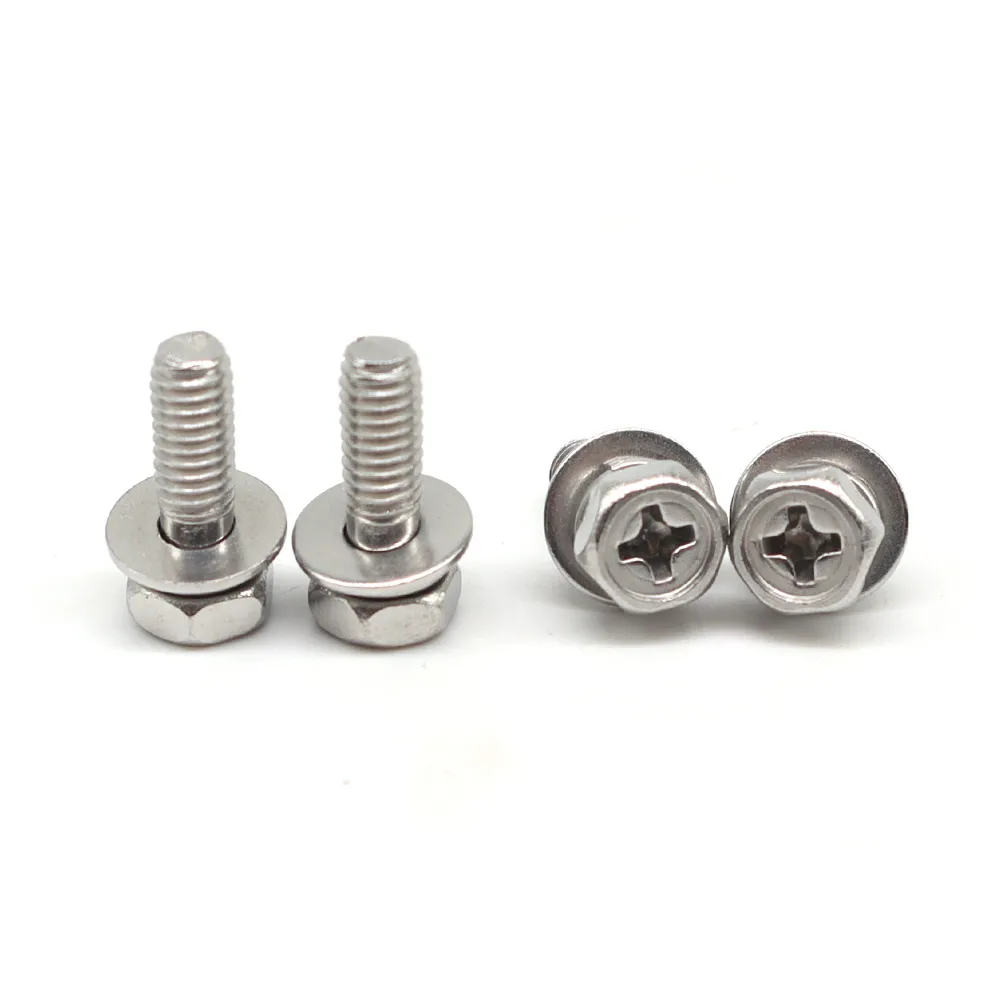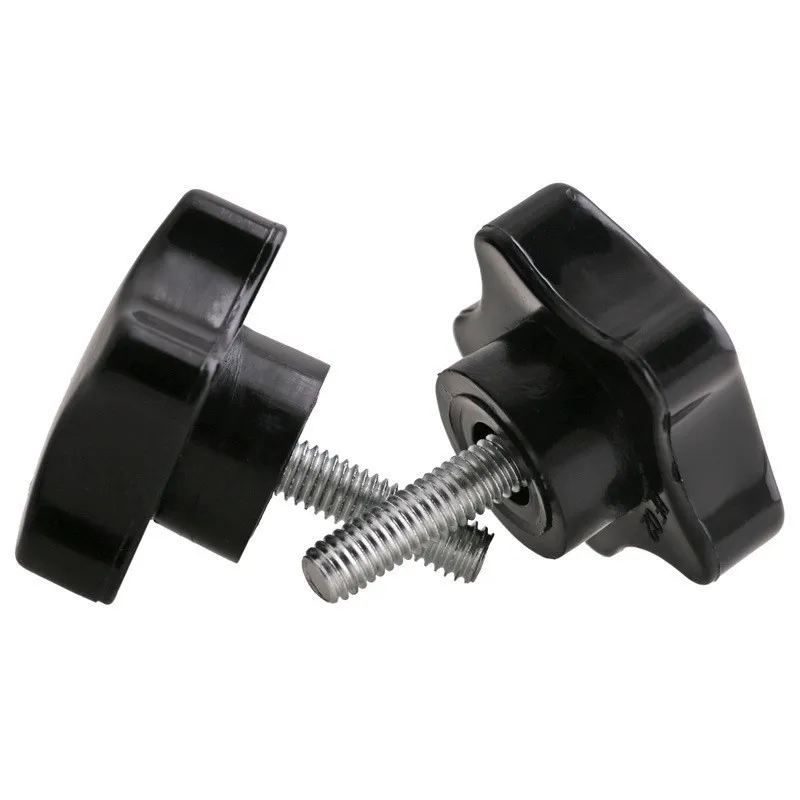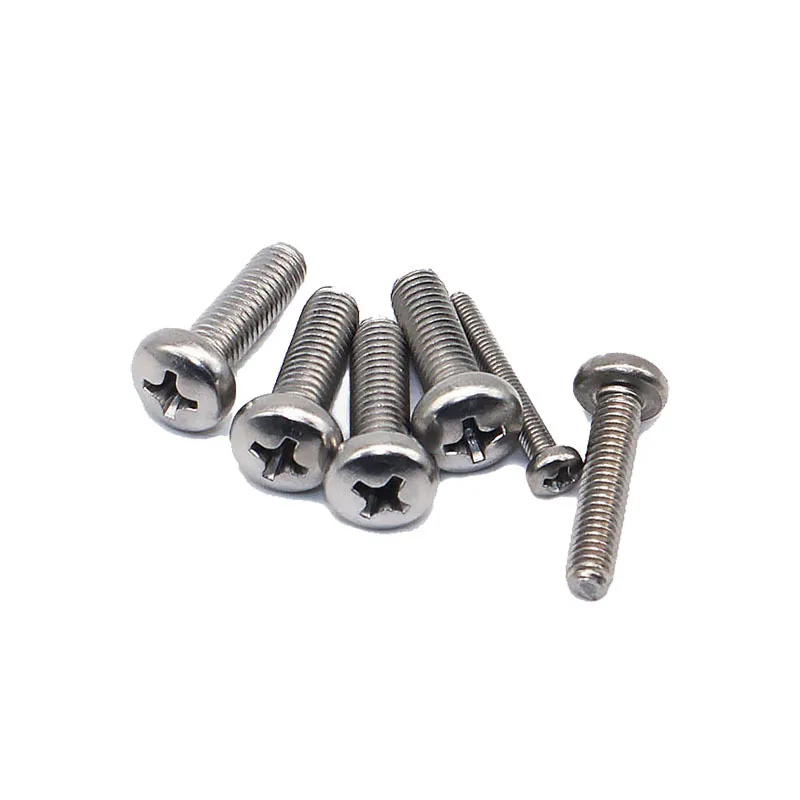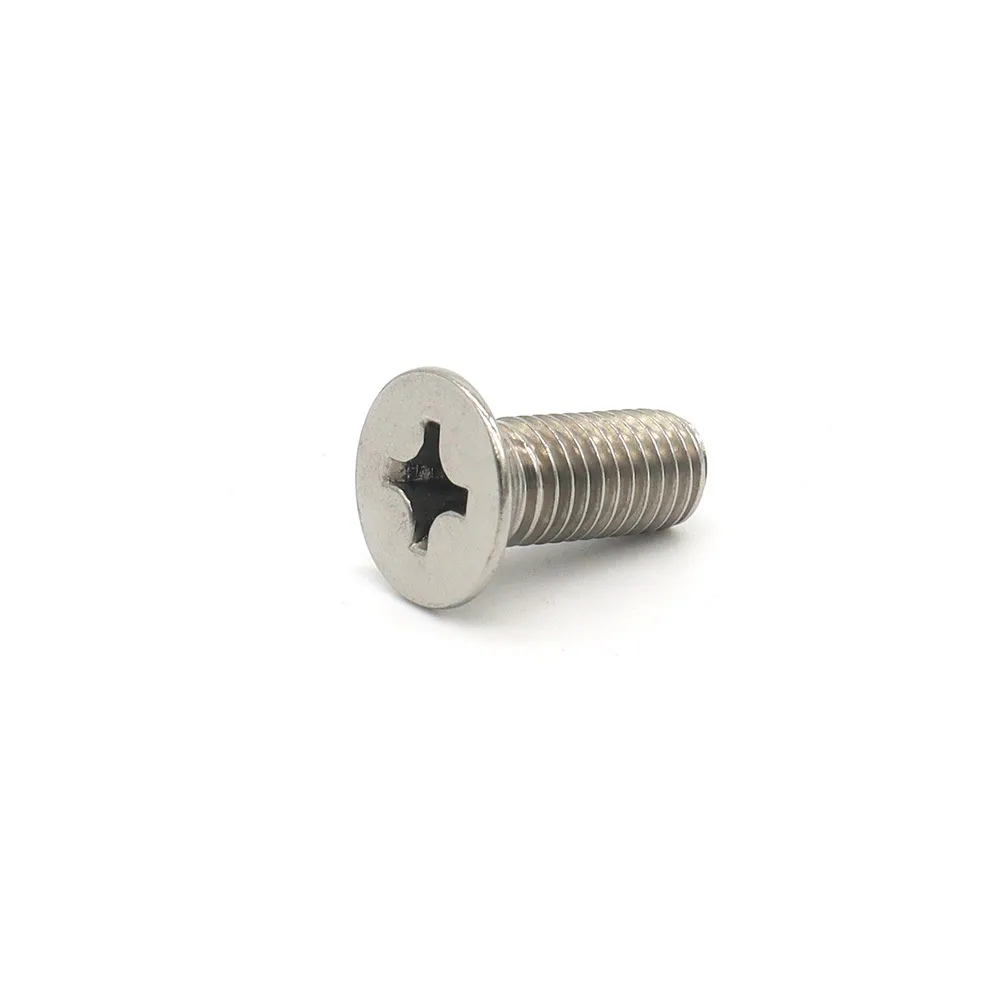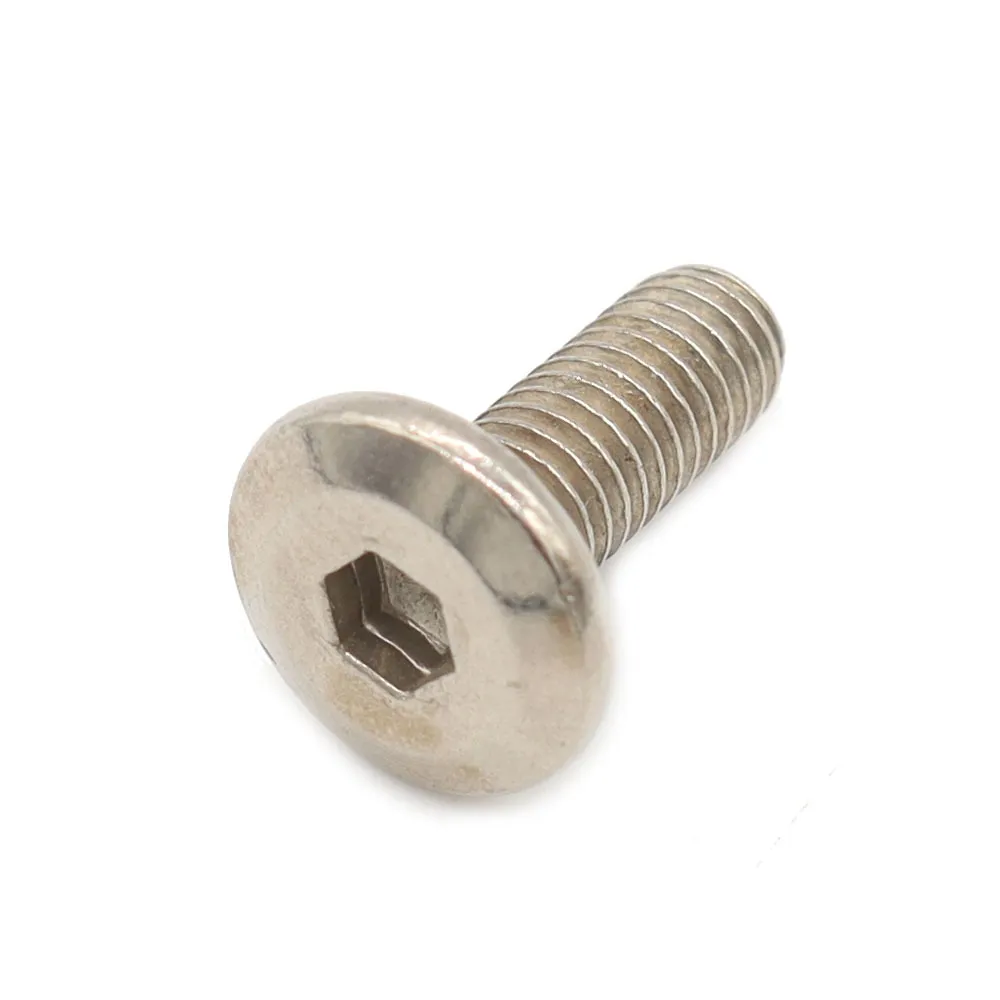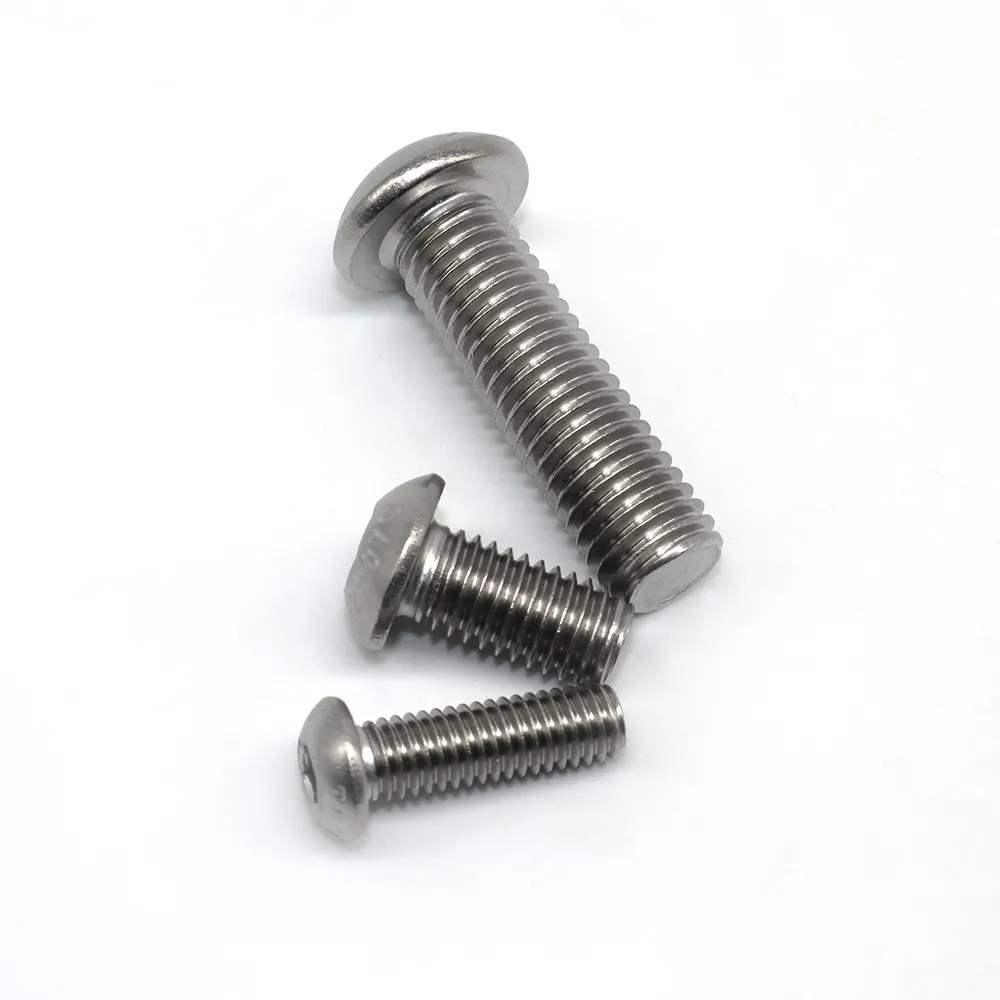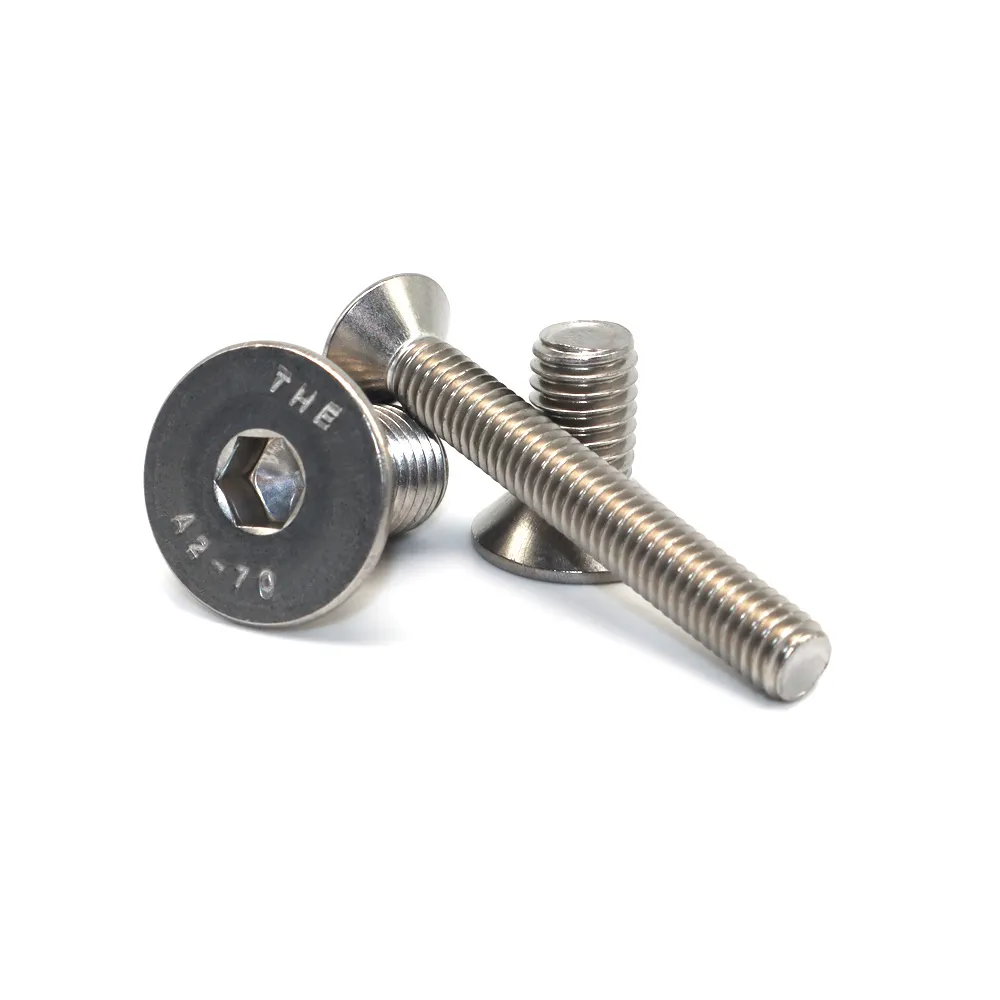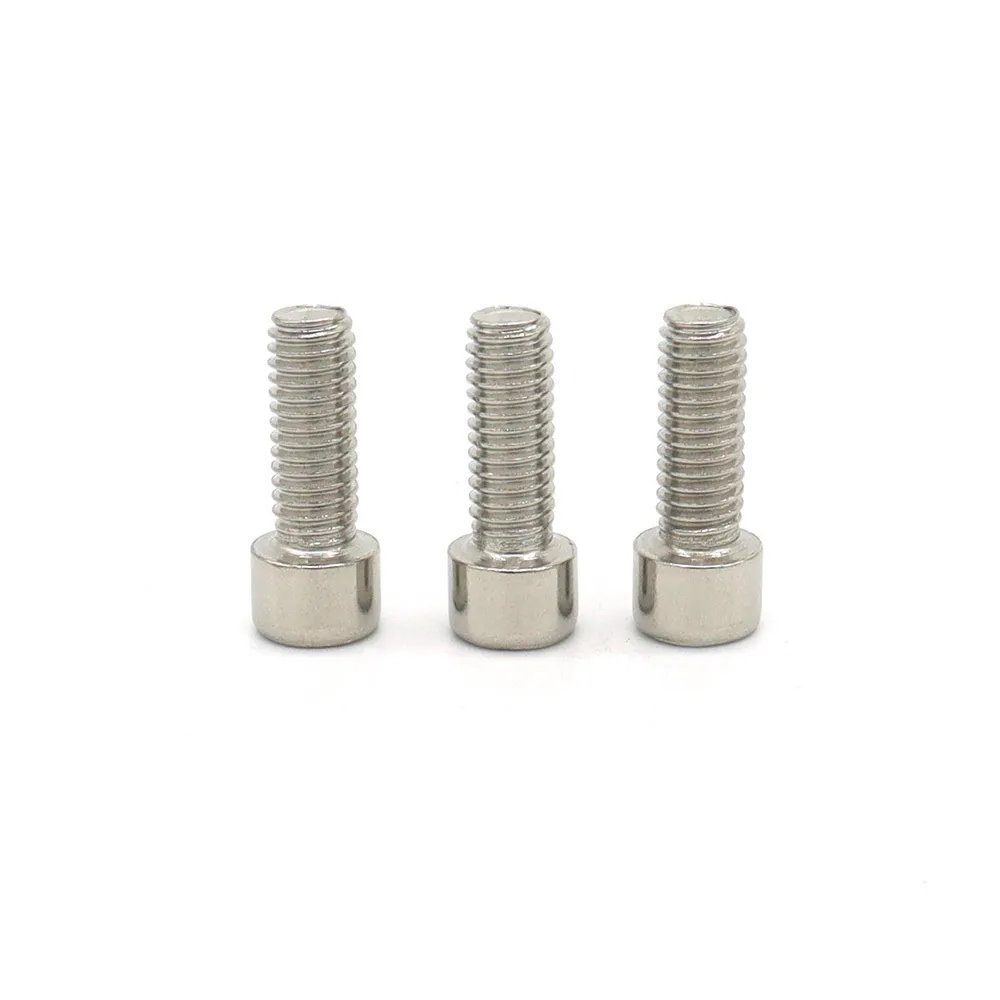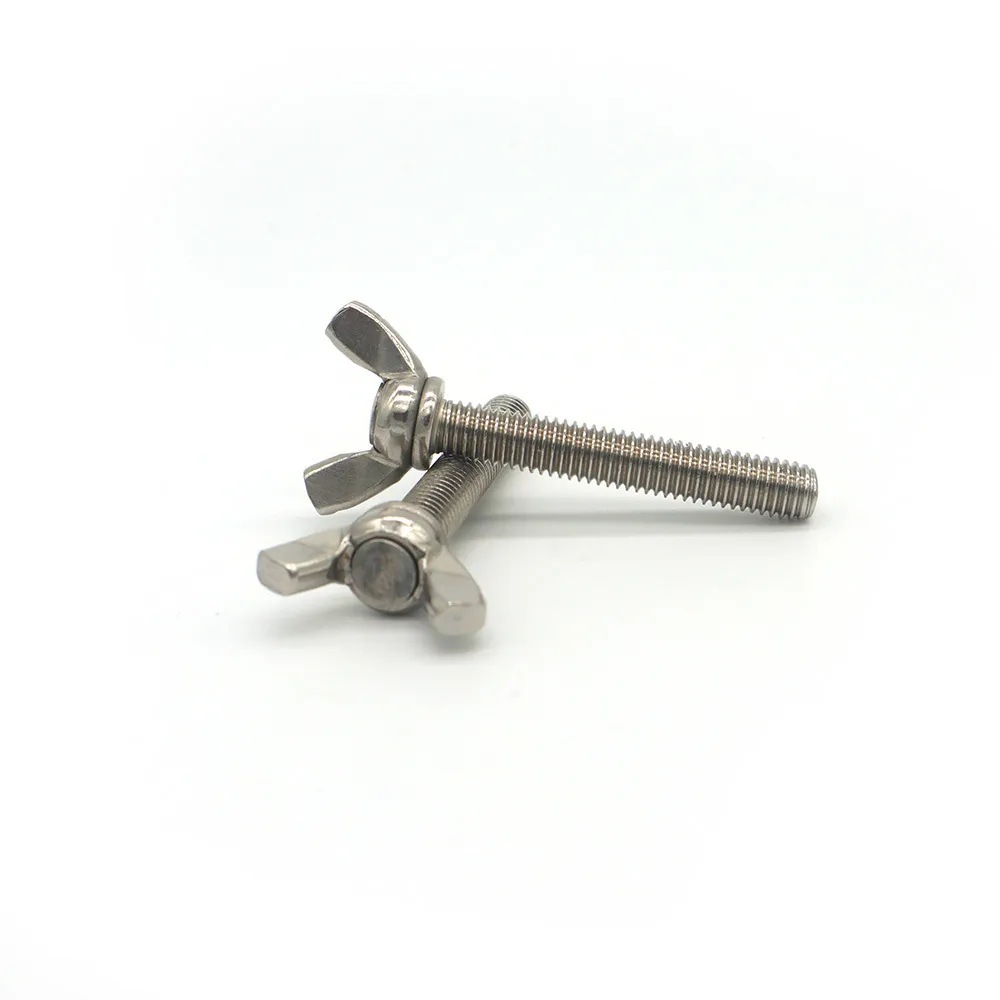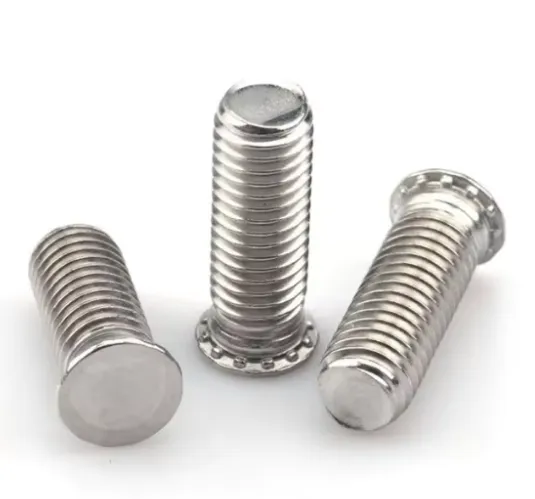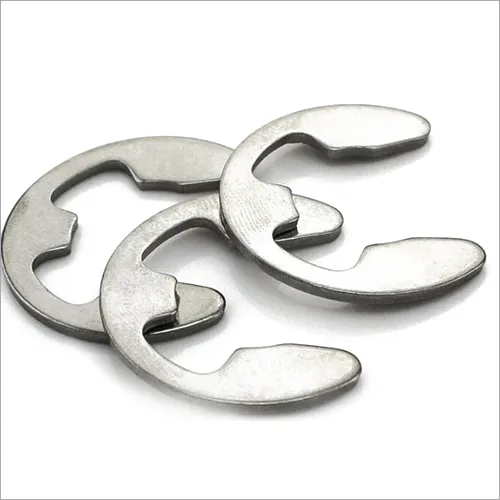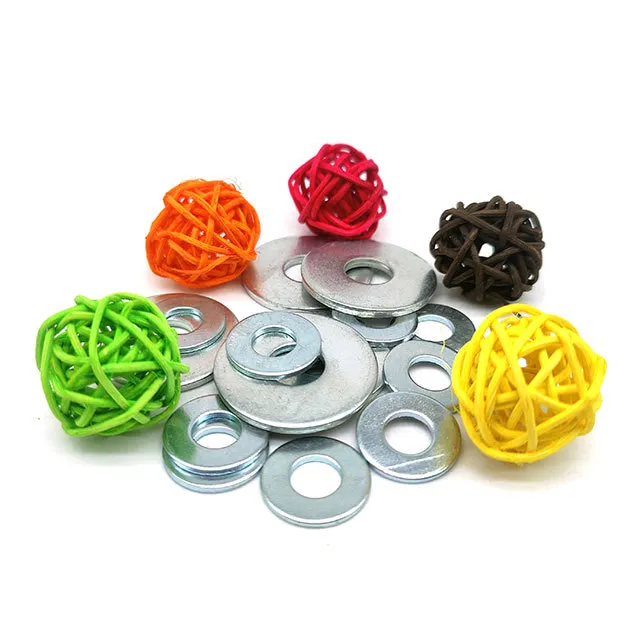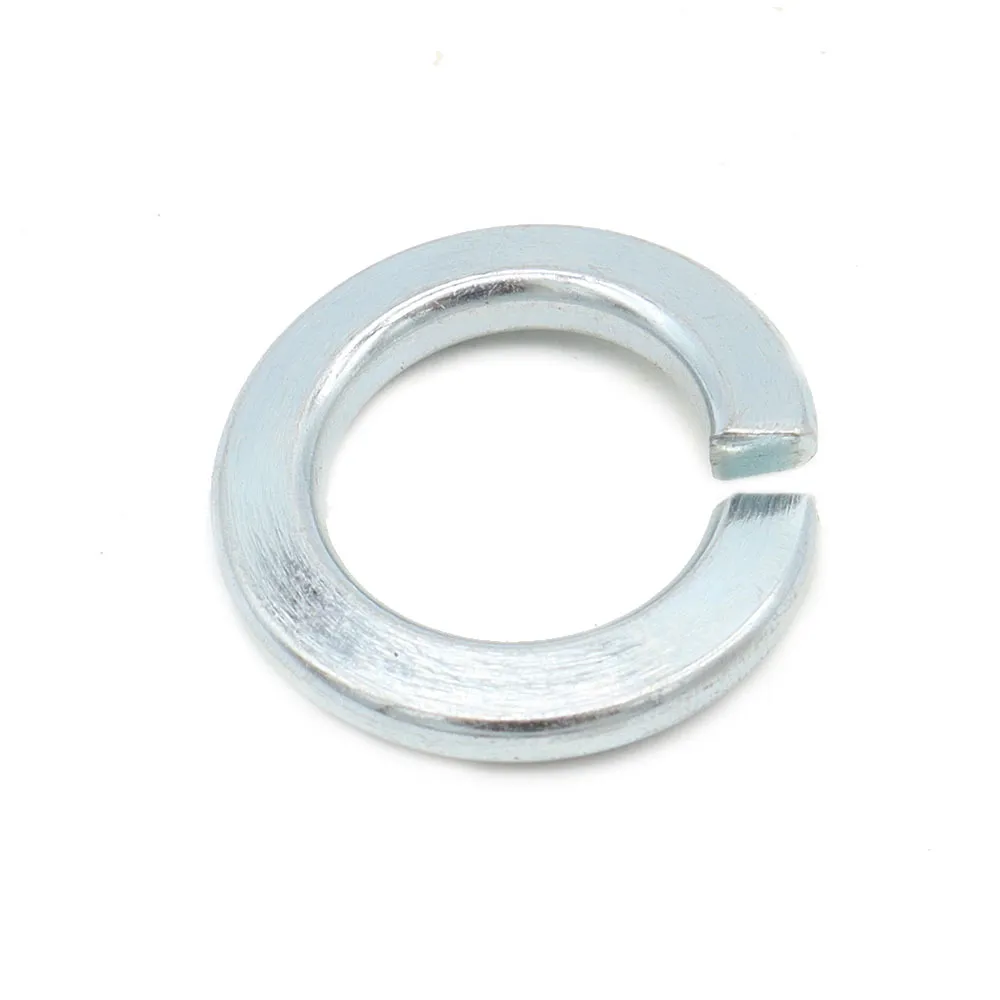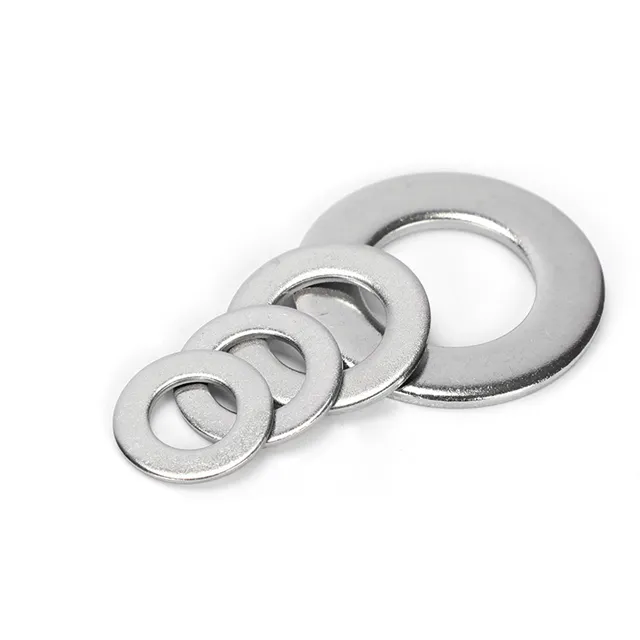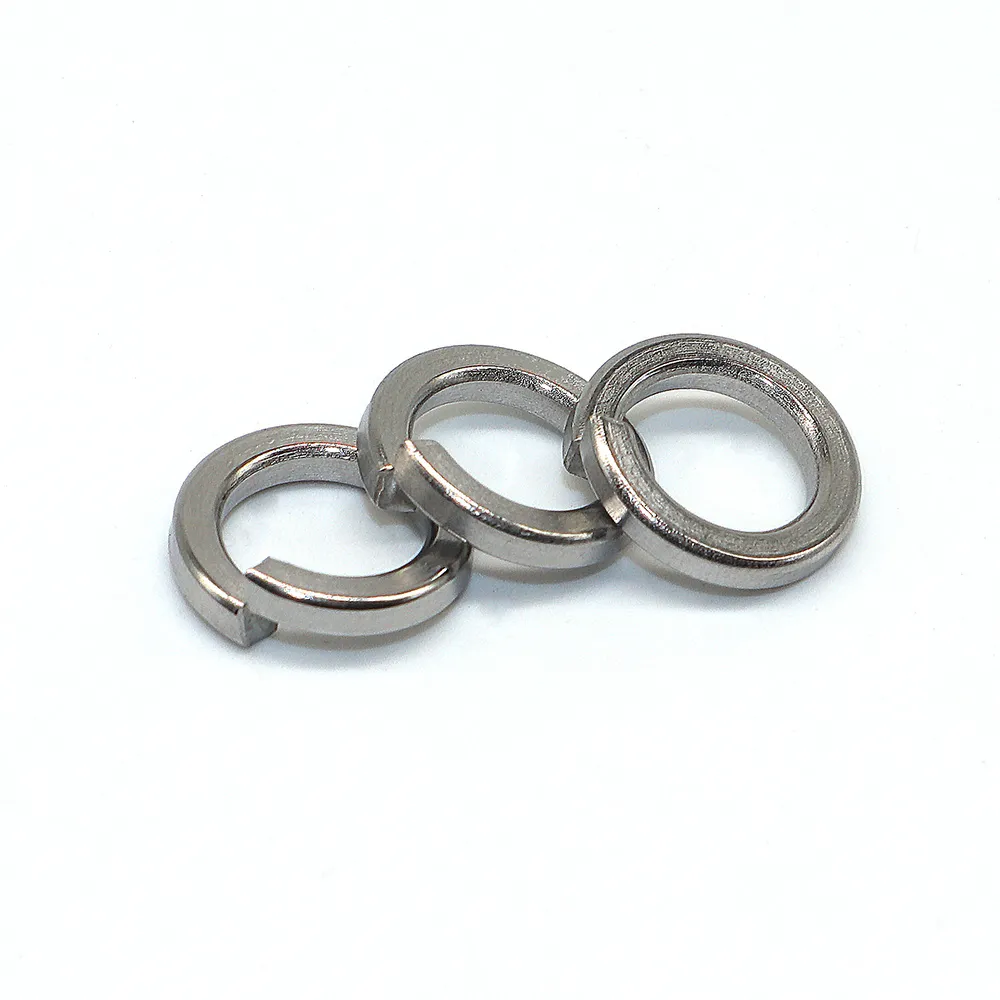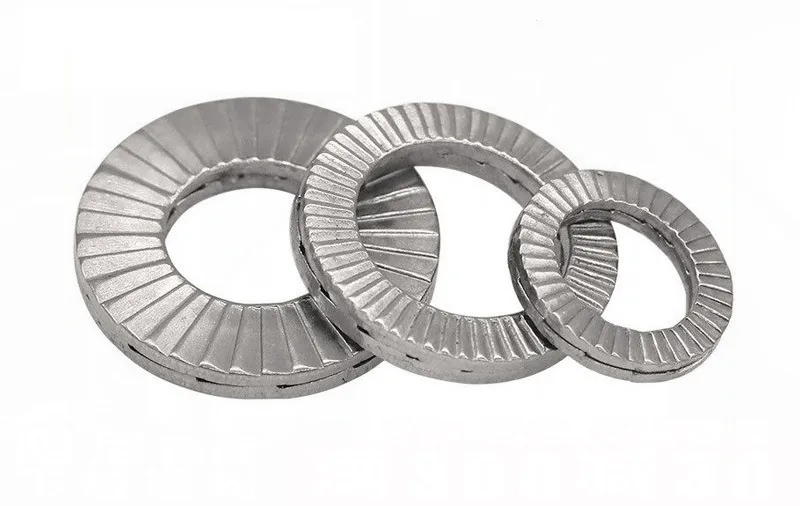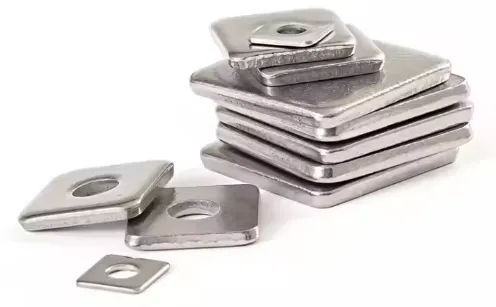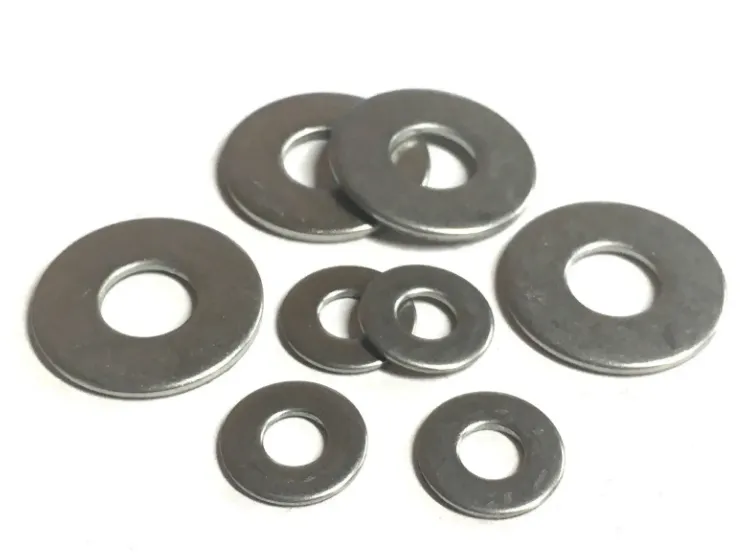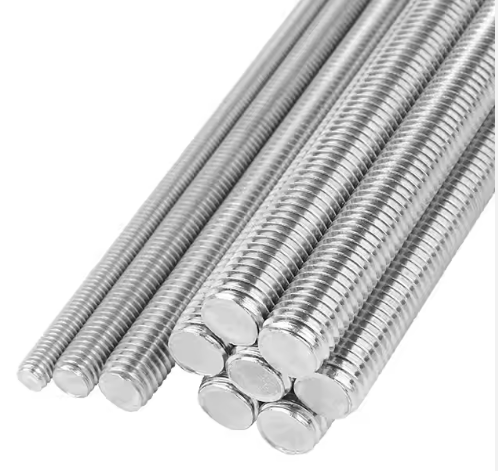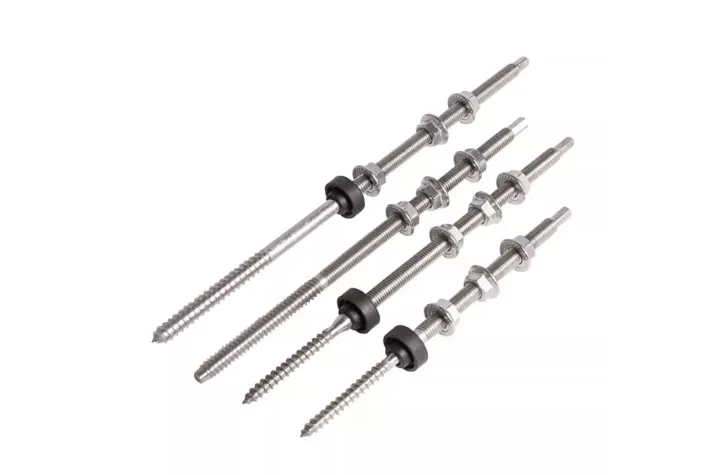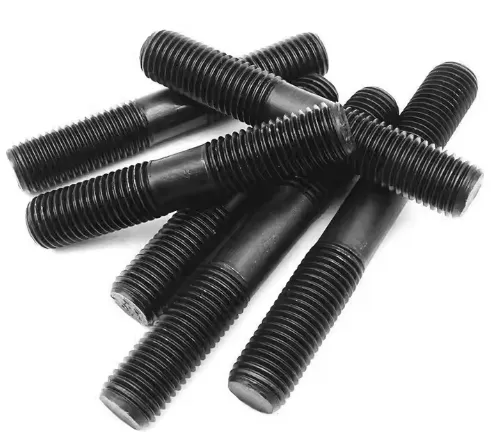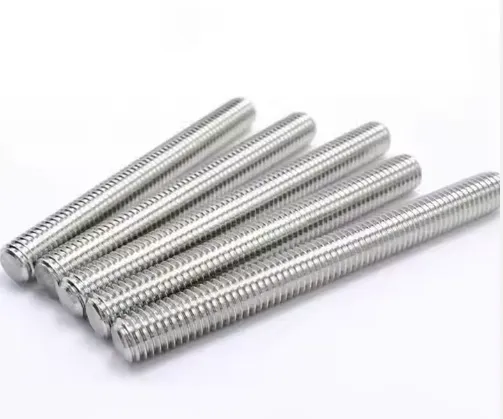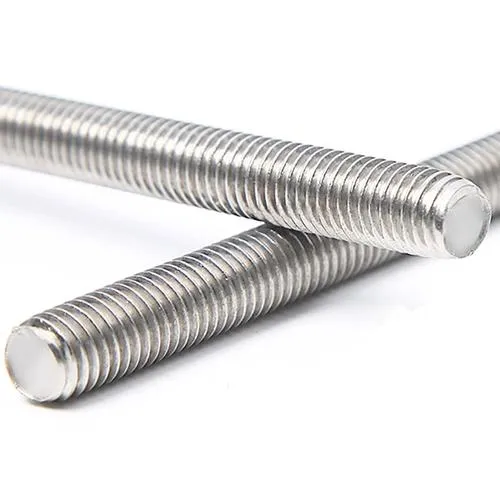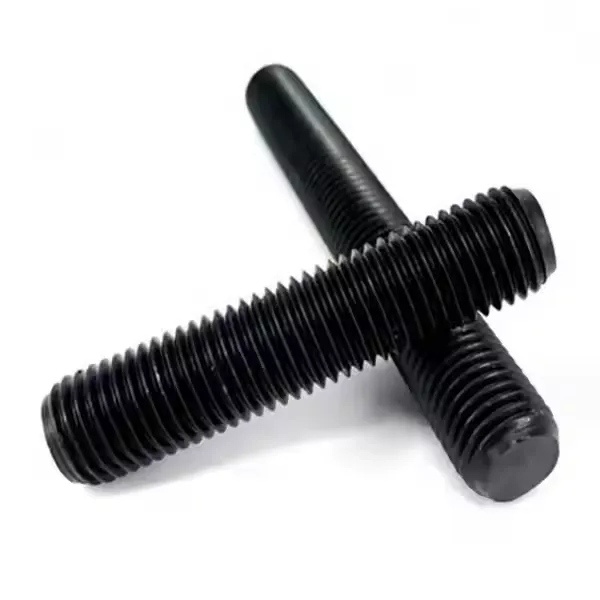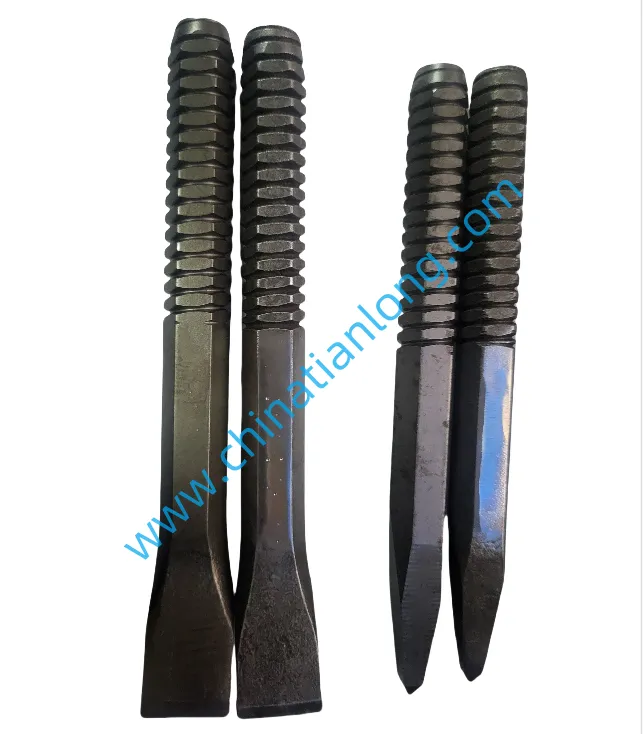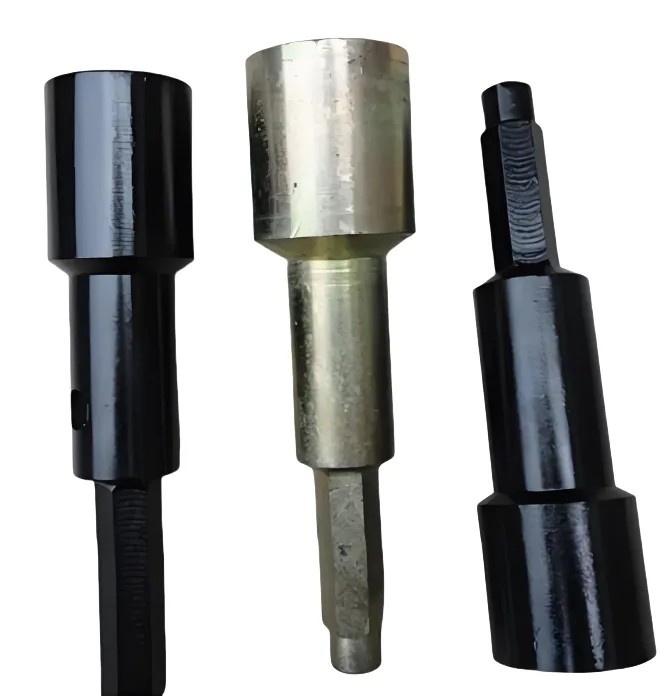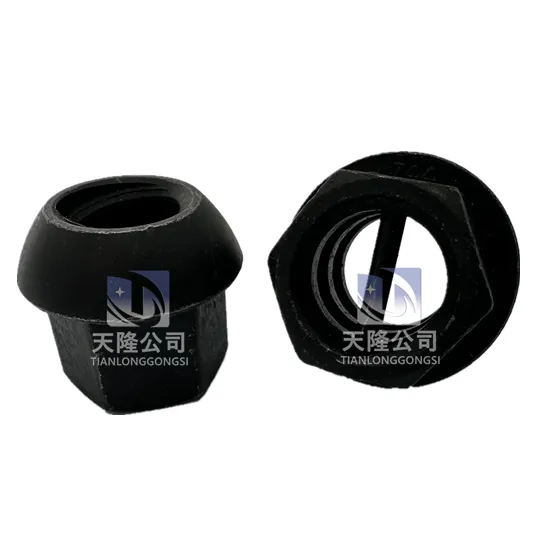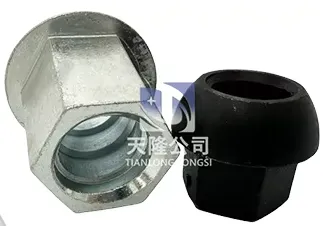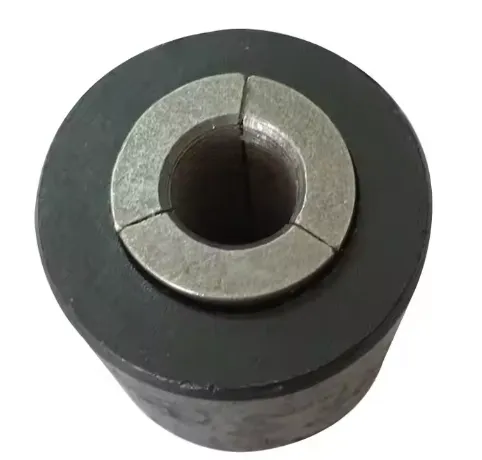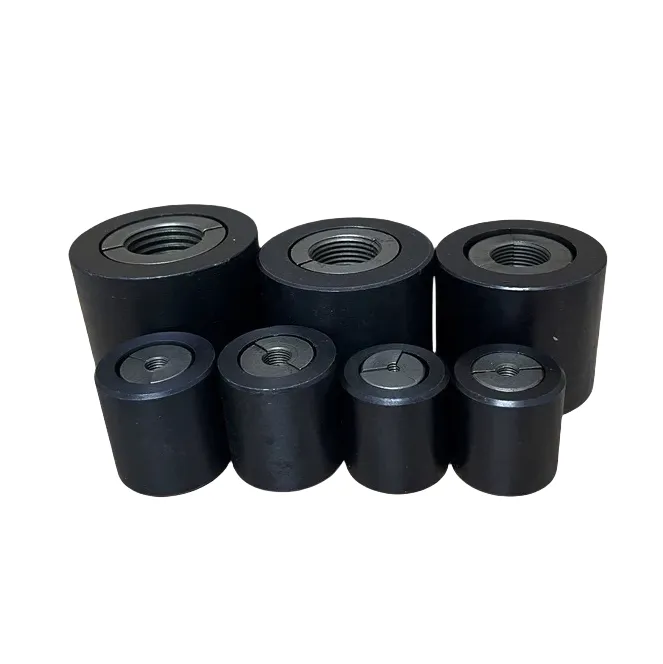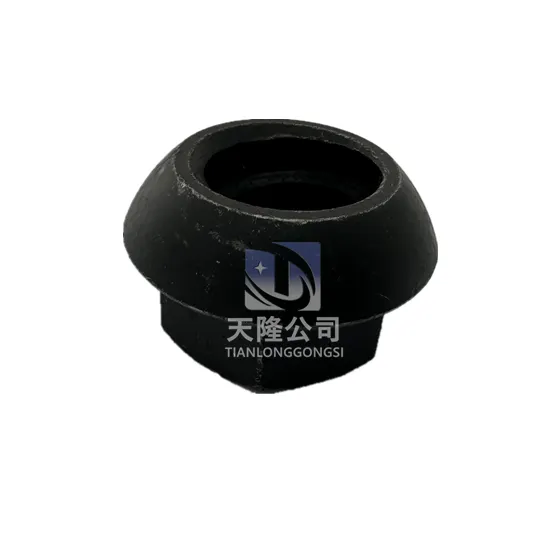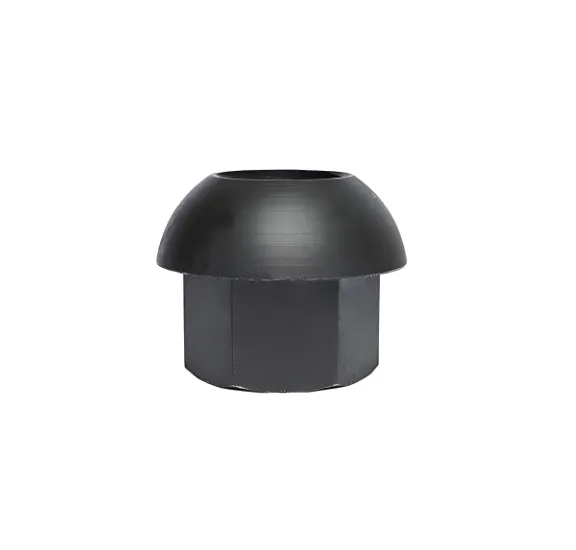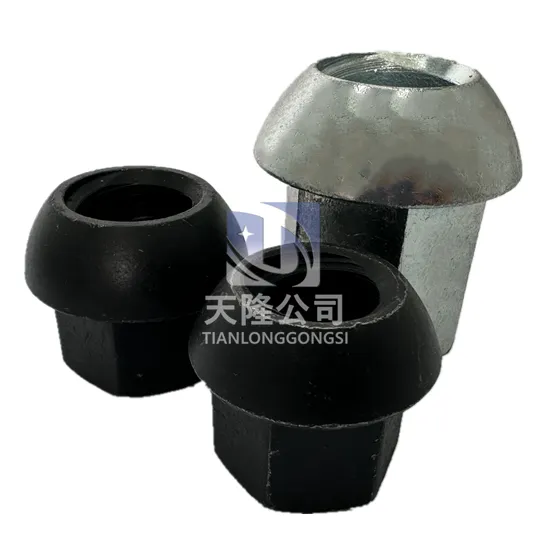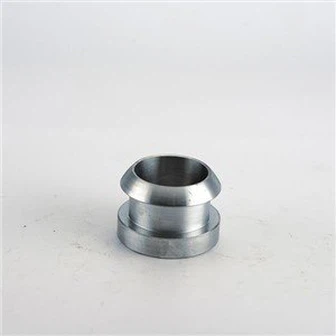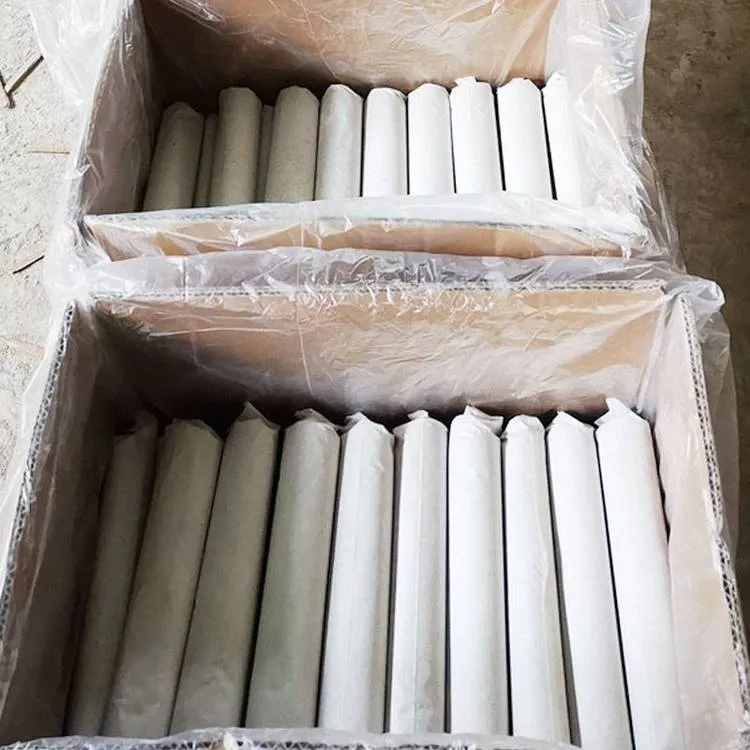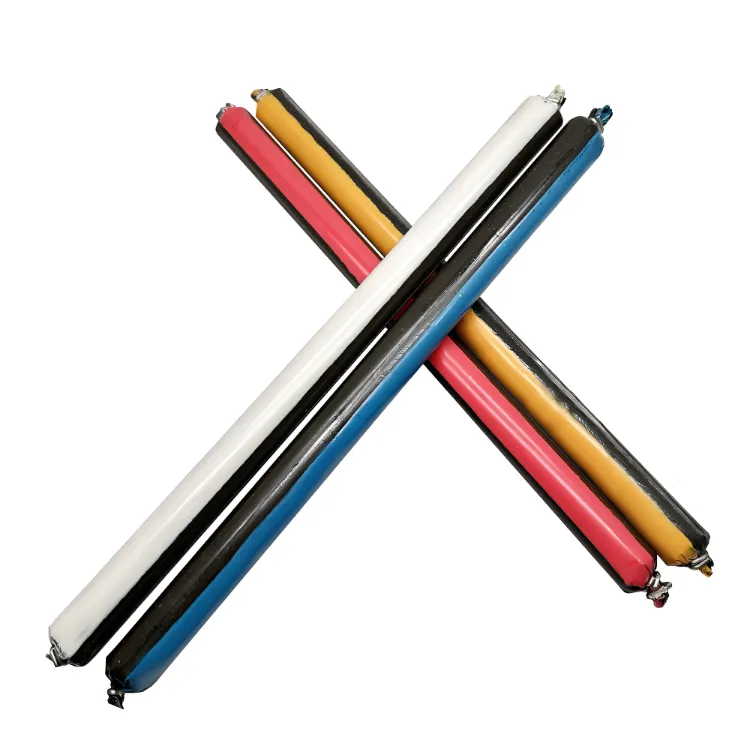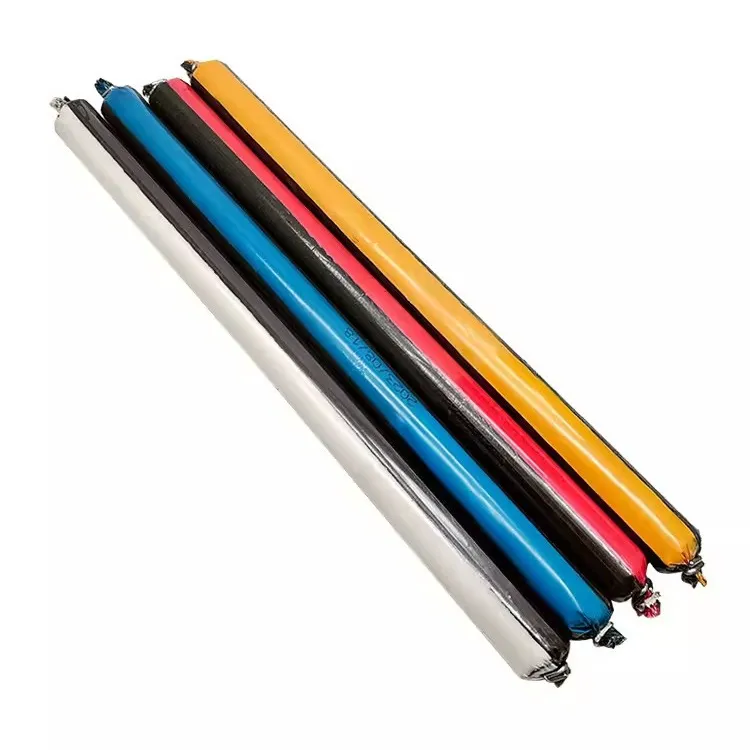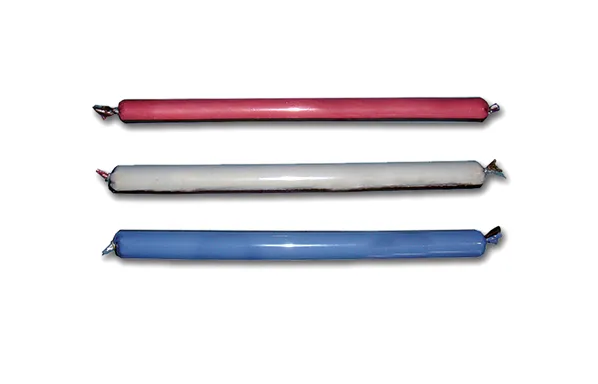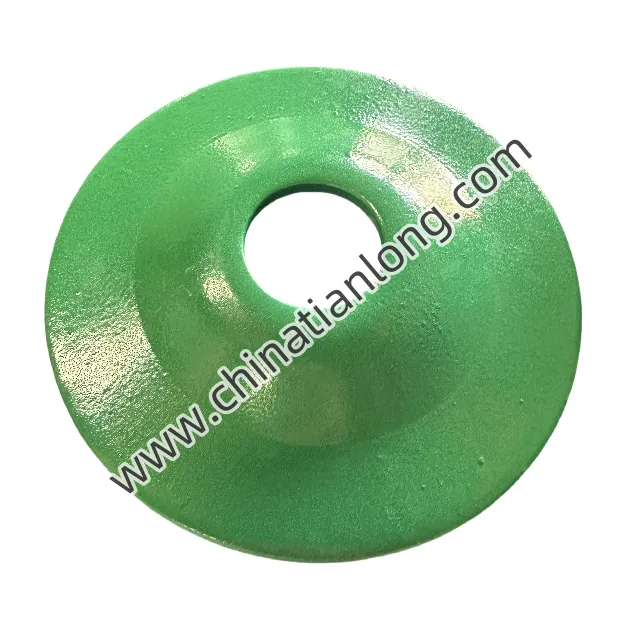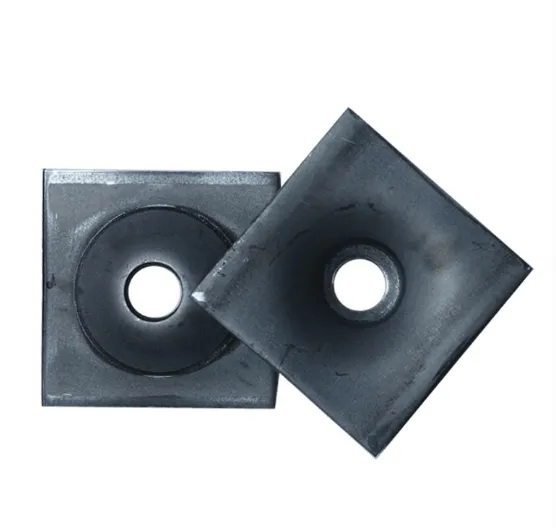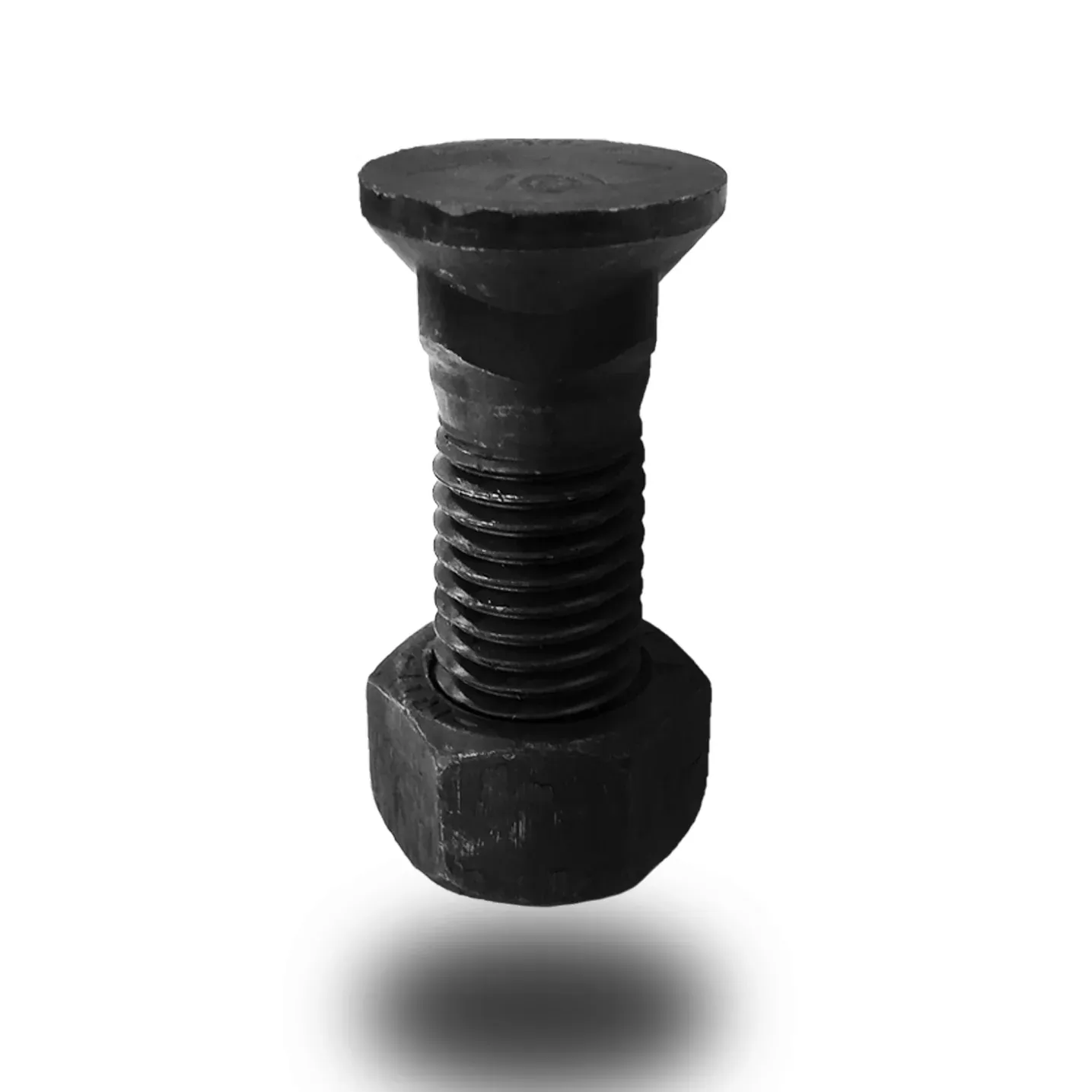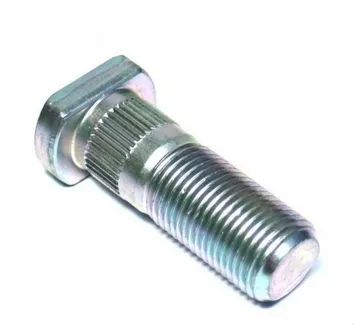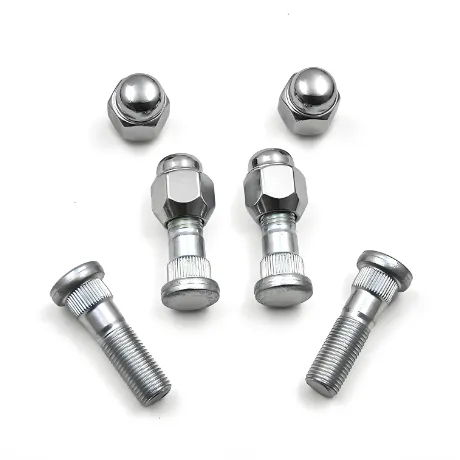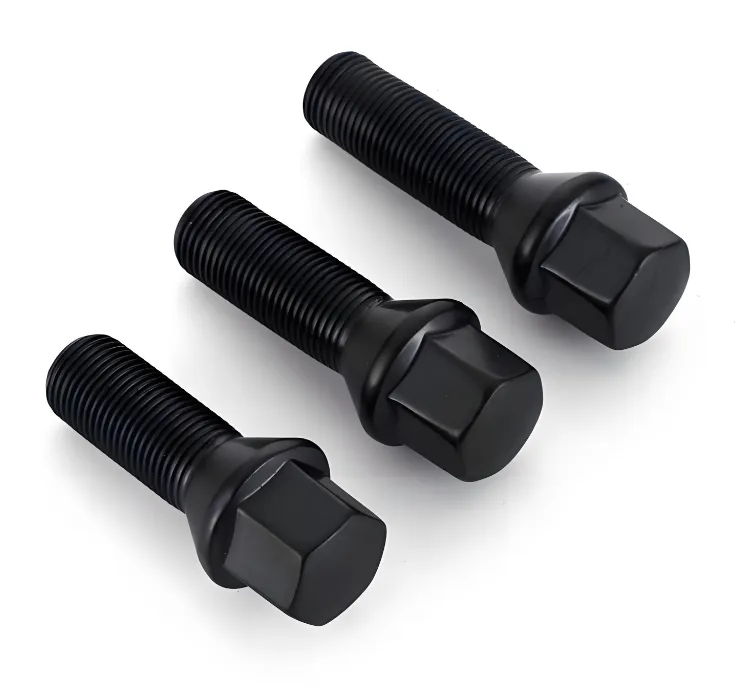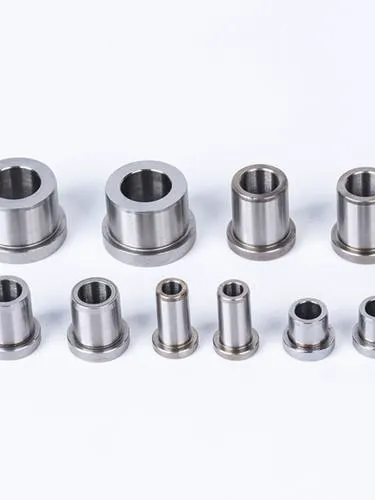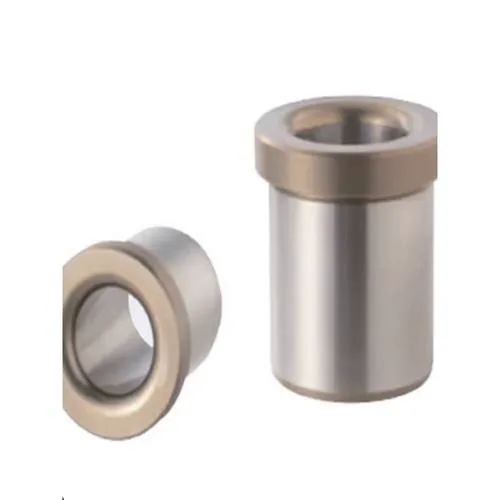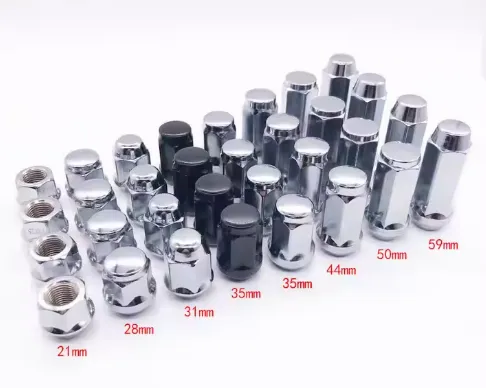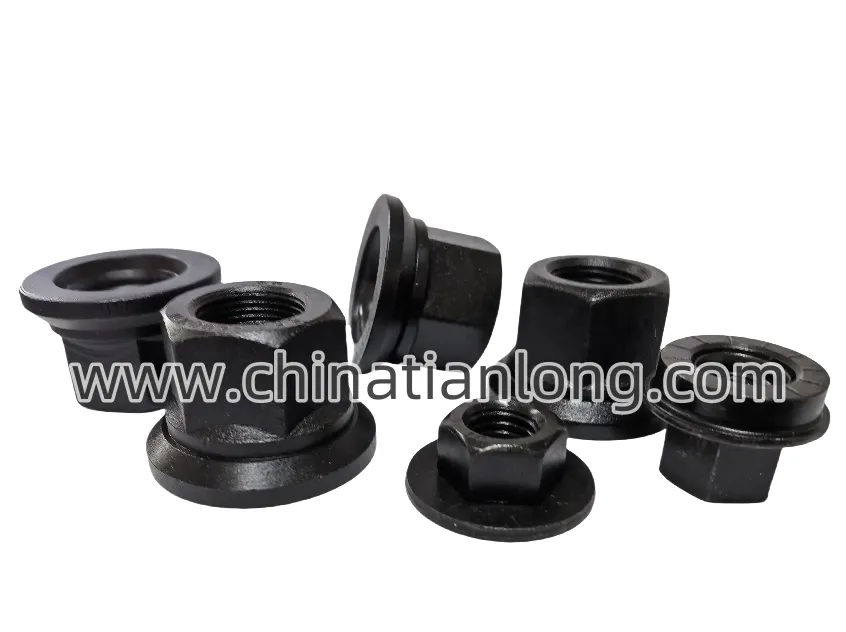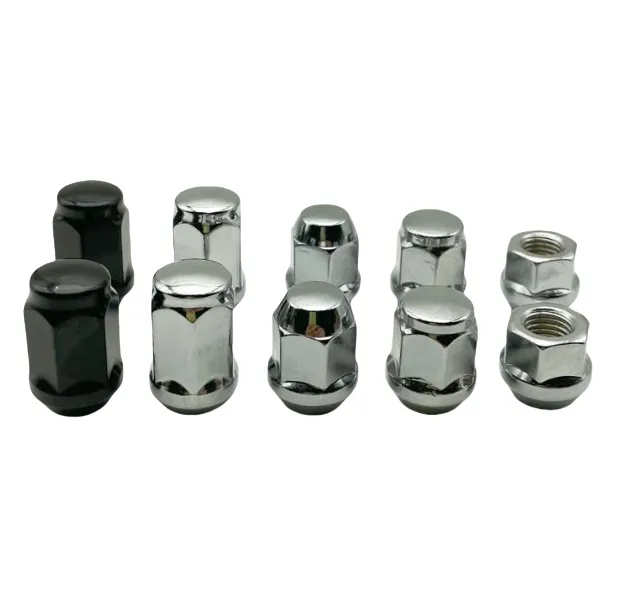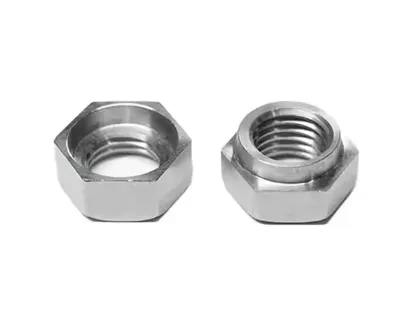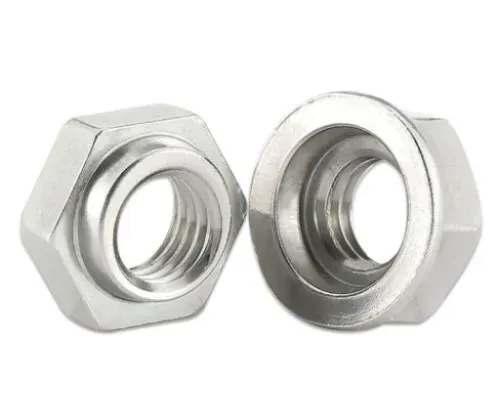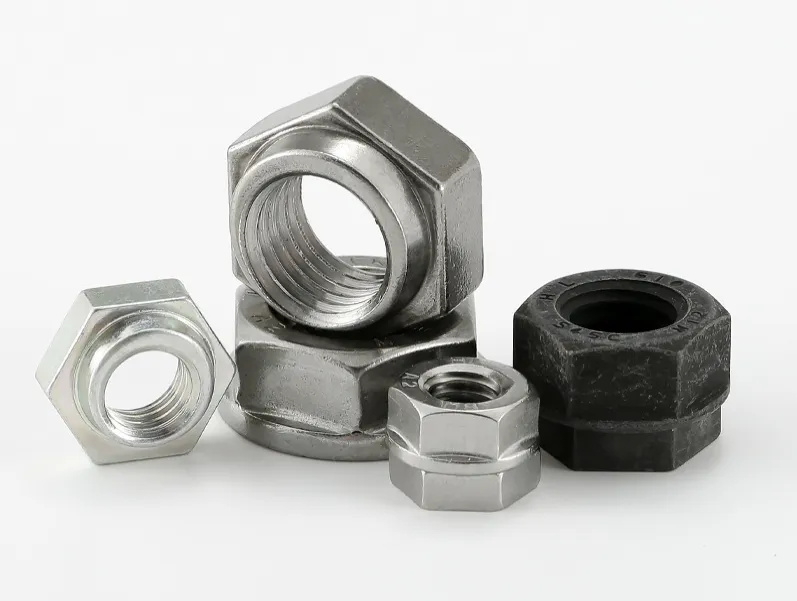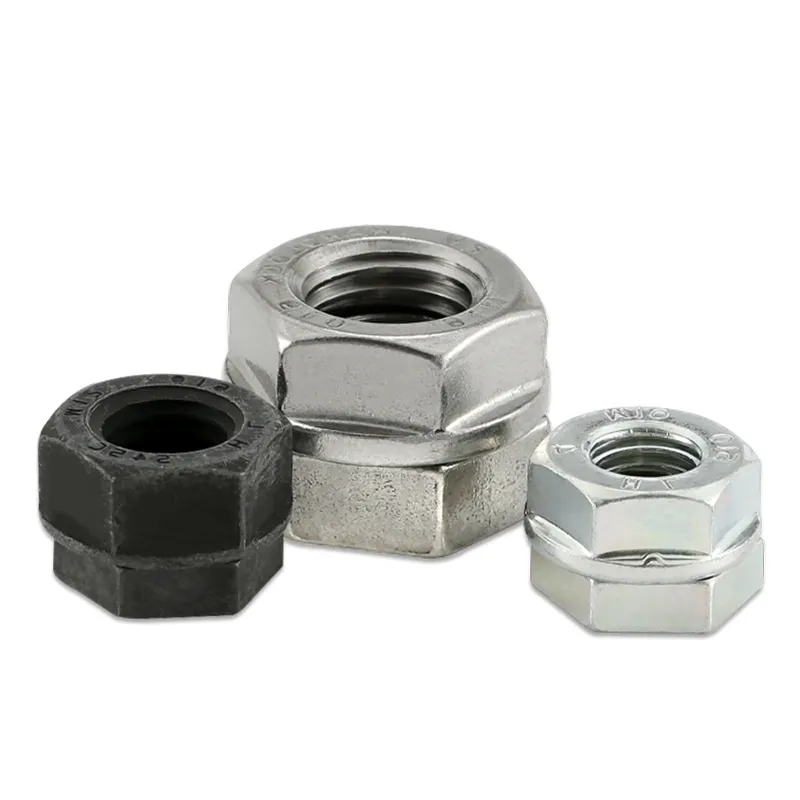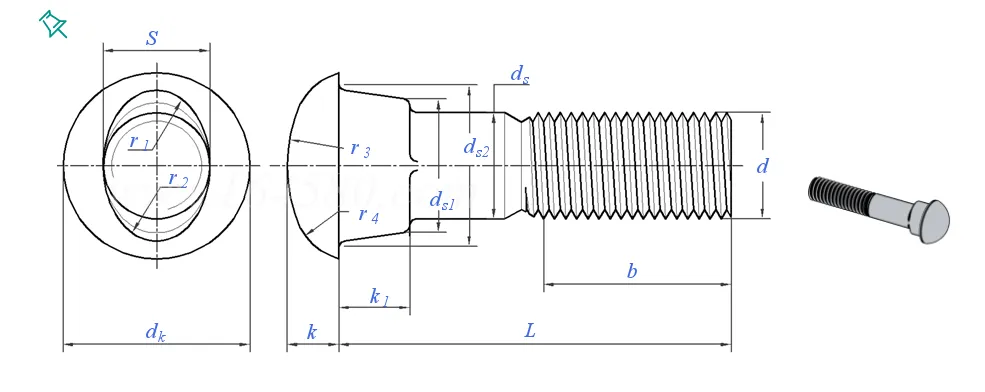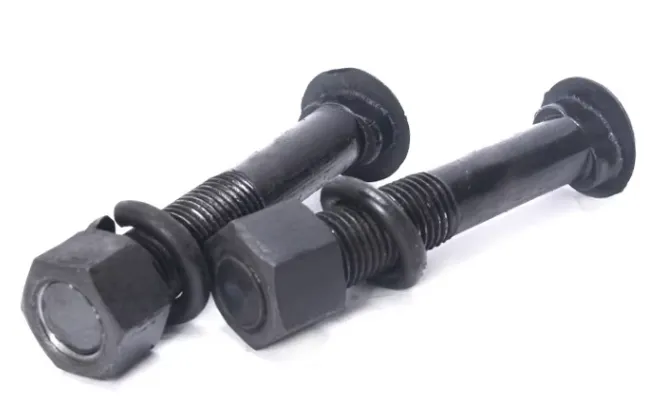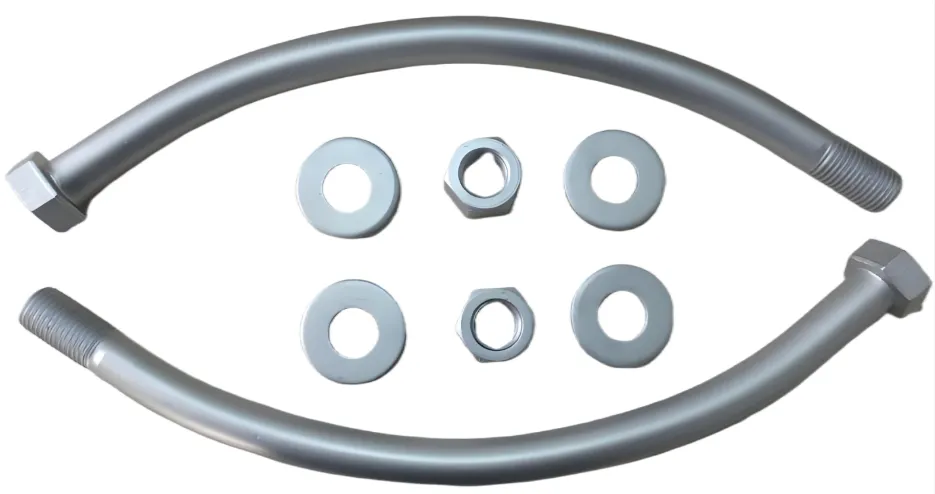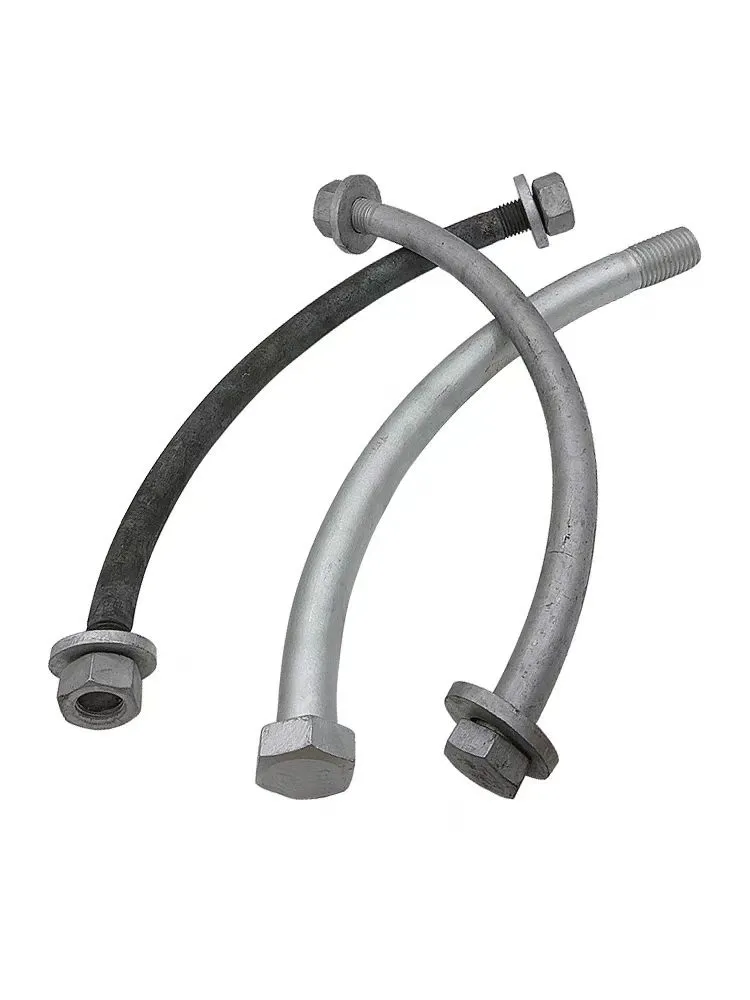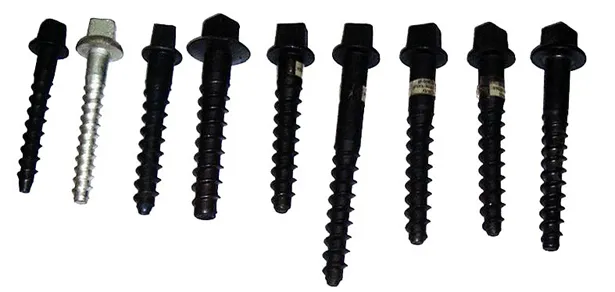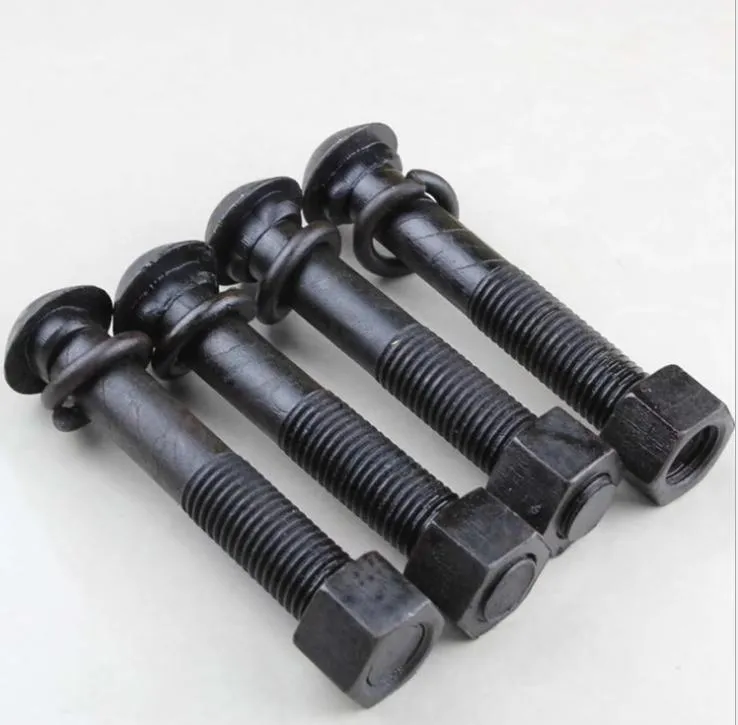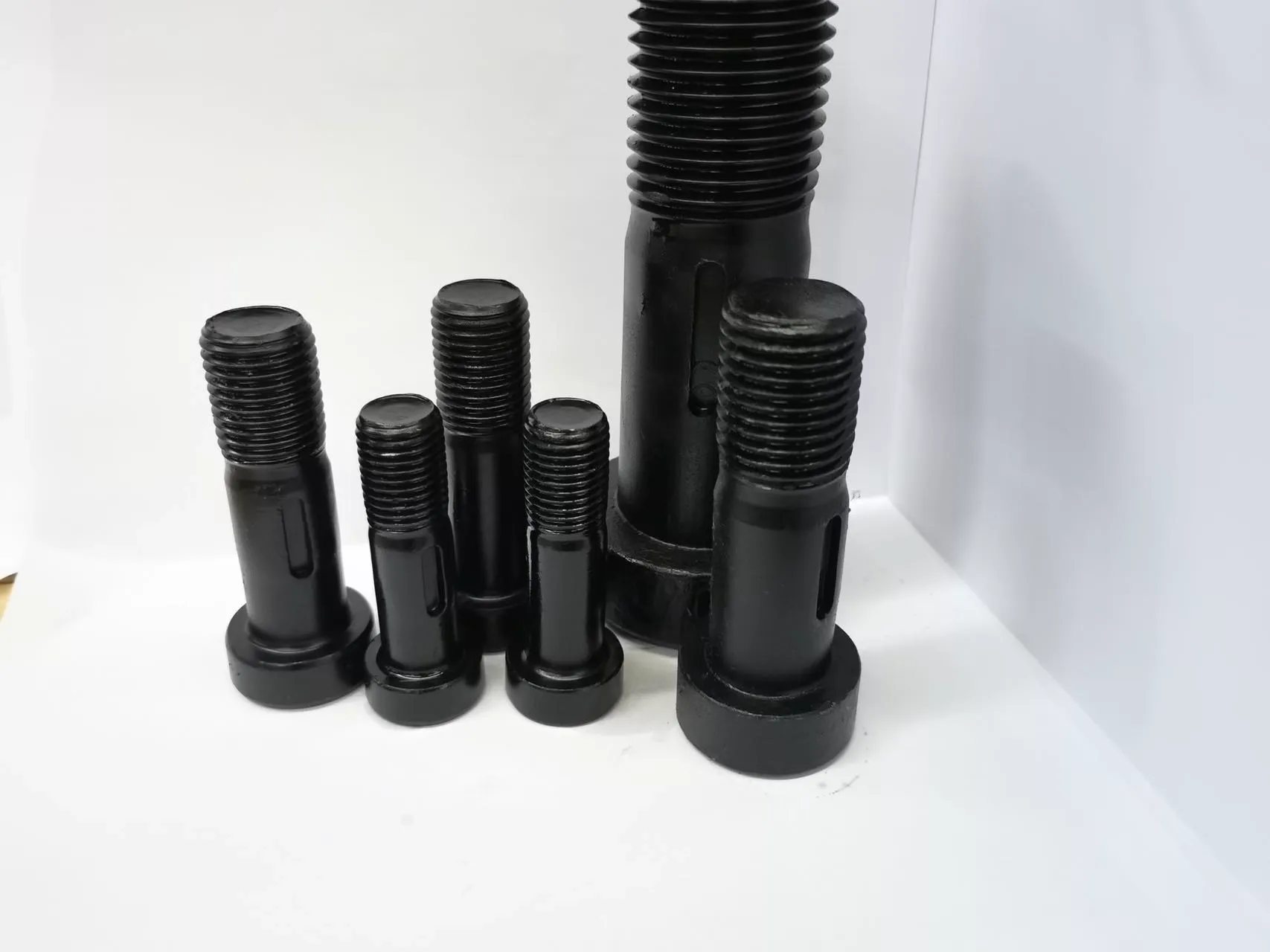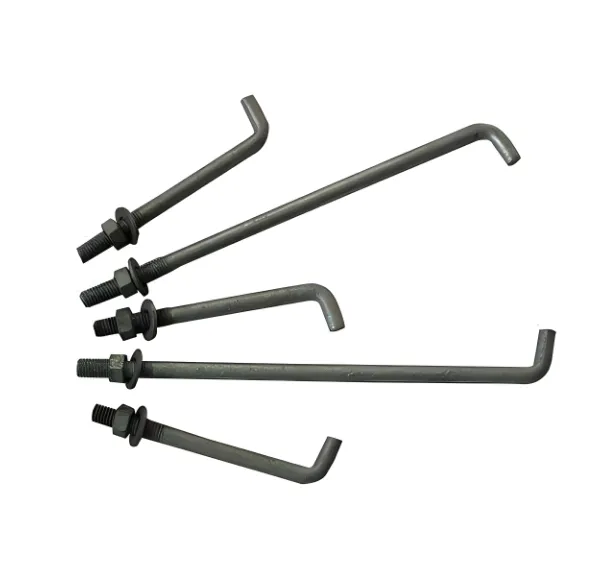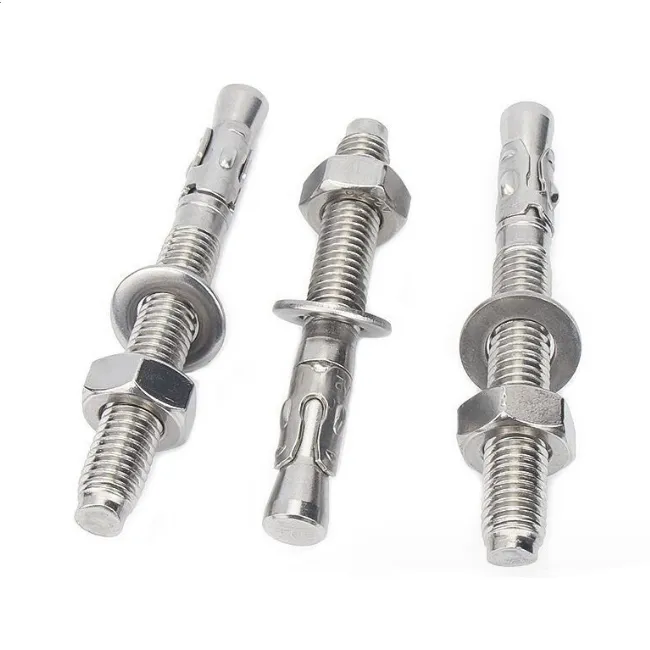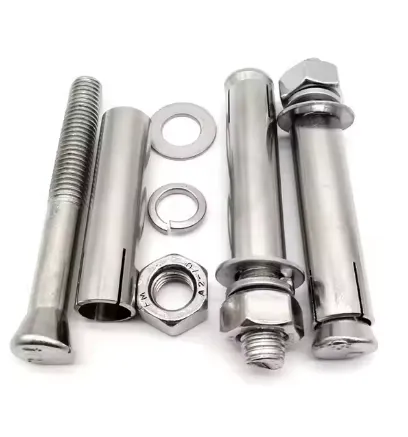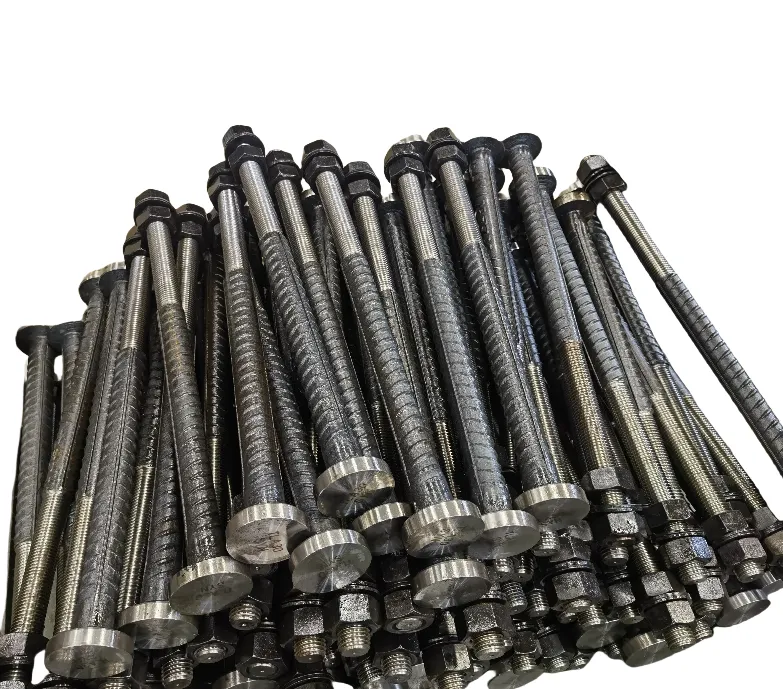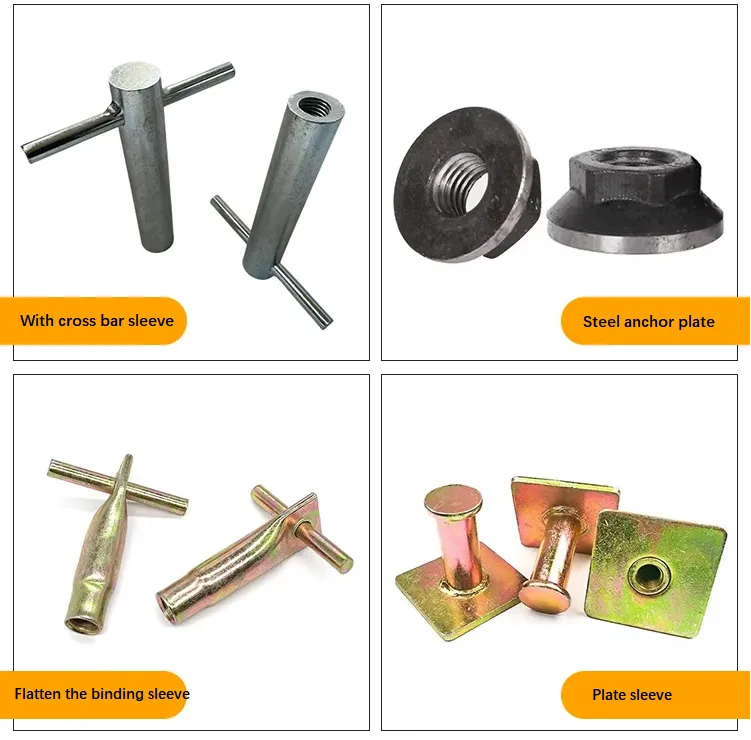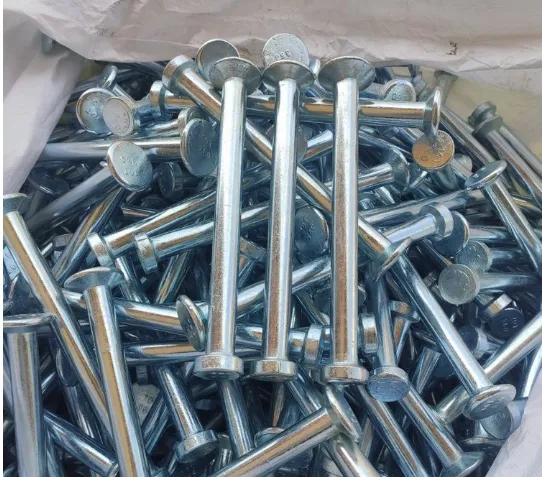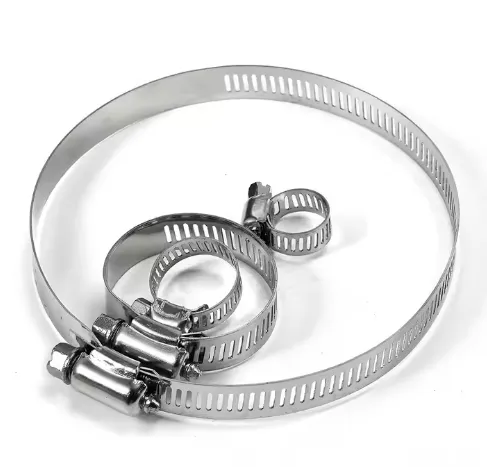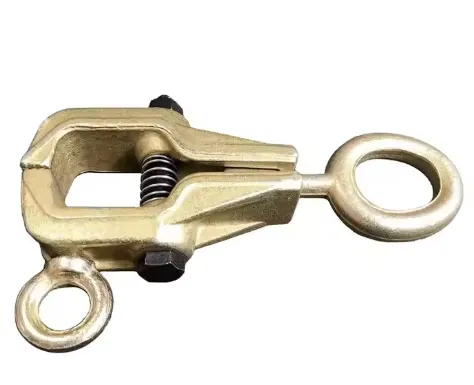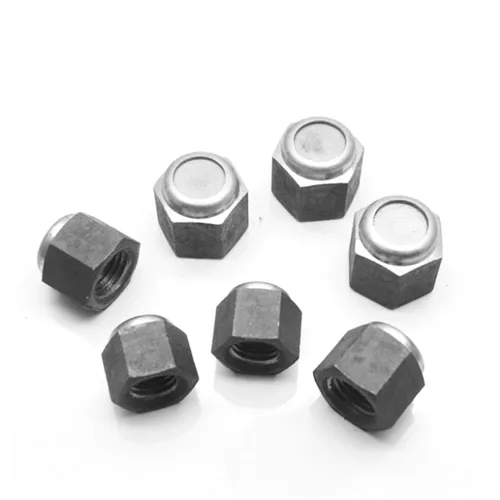-
-
-
-
 Split Set Rock Bolt for Full-Length Anchoring – Trusted in Geotechnical
Split Set Rock Bolt for Full-Length Anchoring – Trusted in Geotechnical -
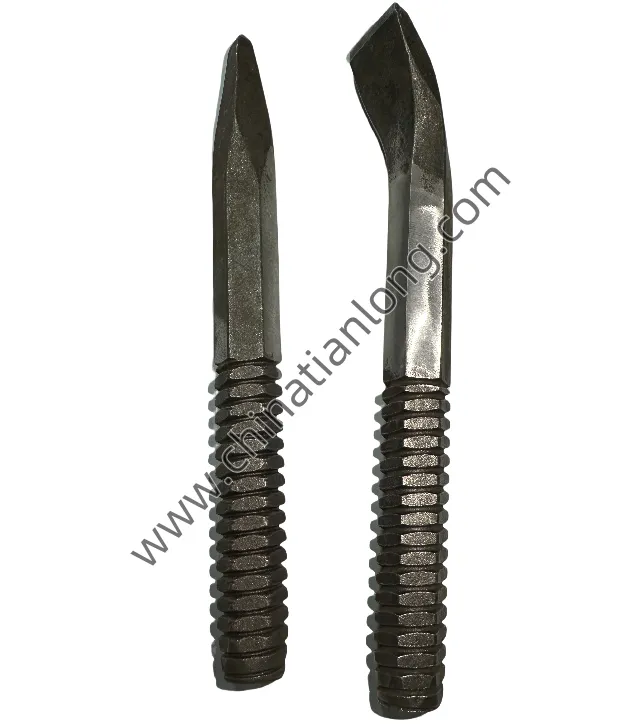 High-Tensile Hex Scaling Bar - HR or EPDM Blend Cover and SAR Rubber
High-Tensile Hex Scaling Bar - HR or EPDM Blend Cover and SAR Rubber -
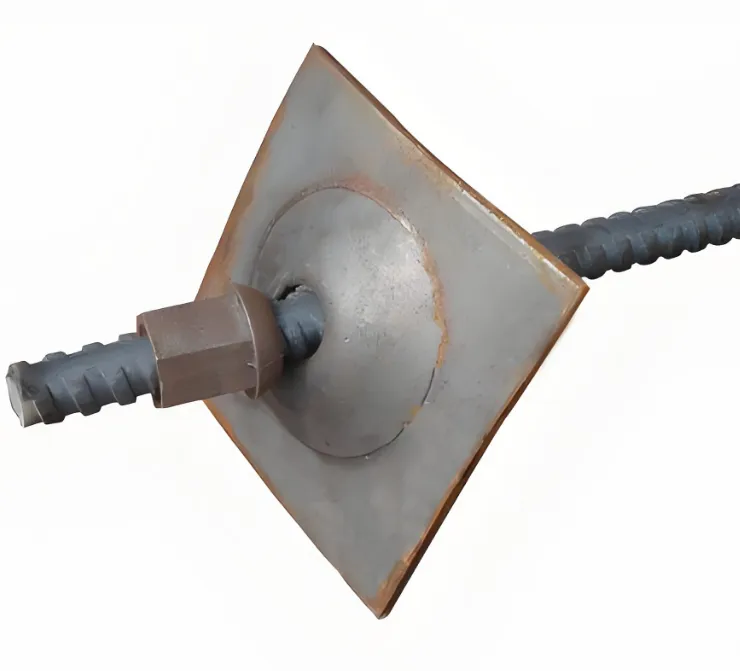 Threaded Steel Rock Bolts – Roof Anchoring for Mining and Tunnels
Threaded Steel Rock Bolts – Roof Anchoring for Mining and Tunnels -
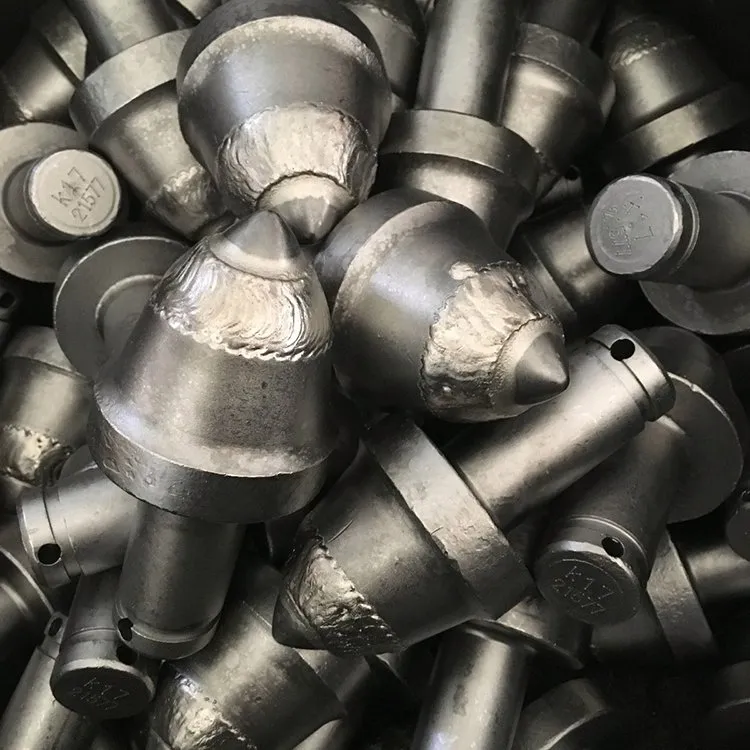 Tungsten Carbide Mining Cutting Picks - C31HD C30 B47K Series
Tungsten Carbide Mining Cutting Picks - C31HD C30 B47K Series -
 High-Efficiency Rock Drilling Bit - Carbide Superior Alloy Steel Finish
High-Efficiency Rock Drilling Bit - Carbide Superior Alloy Steel Finish -
 Hollow Anchor Bolts for Rock Soil Stabilization Full-System Solutions with Plate Nut
Hollow Anchor Bolts for Rock Soil Stabilization Full-System Solutions with Plate Nut -
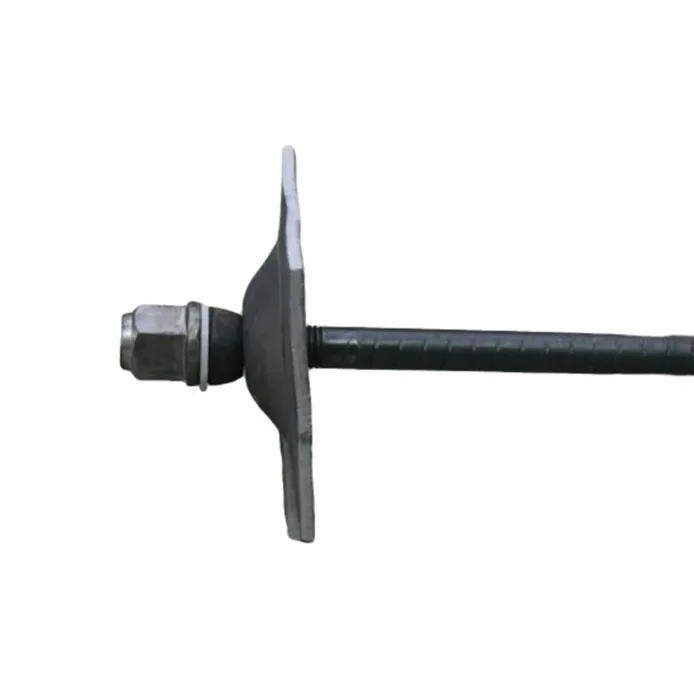 Left-Handed Rock Bolts ASTM 615 Grade 60 Stee Q335-Q600 Materials
Left-Handed Rock Bolts ASTM 615 Grade 60 Stee Q335-Q600 Materials -
 High-Quality B19 Drill Pipe for Coal Mining - M14*1.5 Thread, 16x6 Square Teeth
High-Quality B19 Drill Pipe for Coal Mining - M14*1.5 Thread, 16x6 Square Teeth
-
-
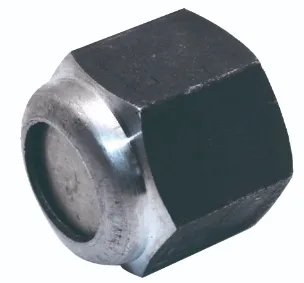 Torque Nuts M16-M24, Plain Black Finishes for Precise Fastening in Machinery & Construction
Torque Nuts M16-M24, Plain Black Finishes for Precise Fastening in Machinery & Construction -
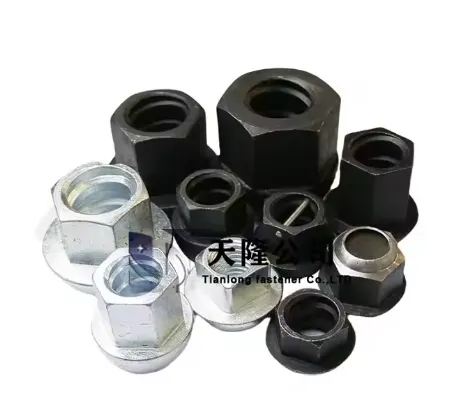 Mushroom Head Coal Mine Hex Nuts 4 Surface Finishes for Underground Safety
Mushroom Head Coal Mine Hex Nuts 4 Surface Finishes for Underground Safety -
 DIN 74361 Forged Dome Rock Nuts - Premium Coal Mining Nuts for Harsh Environments
DIN 74361 Forged Dome Rock Nuts - Premium Coal Mining Nuts for Harsh Environments -
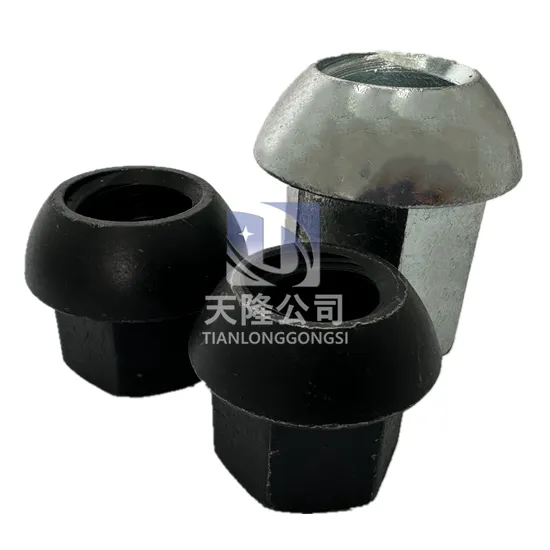 High-Strength Forged Nuts - S45C Steel, HRC 28-32 | Custom for Mining Support Systems
High-Strength Forged Nuts - S45C Steel, HRC 28-32 | Custom for Mining Support Systems -
 Premium Carbon Steel Dome Mine Nuts - Sizes M16 - M50 for Coal Mine Safety
Premium Carbon Steel Dome Mine Nuts - Sizes M16 - M50 for Coal Mine Safety
-
-
Auto parts and Hardlock lock nuts
-
Railway fittings and Building fittings
-
-
-
-
Industry News
As a leading fastener manufacturer and supplier in China, Tianlong Fastener Company experts share the latest news/technology/price trends/reviews in the fastener industry.
The 7 most commonly used mining bolts and accessories (detailed interpretation)
2025-04-24
Mining bolts are characterized by high strength, good anti-loosening and corrosion resistance properties.
Taking high-strength bolts as an example, their performance grades often reach above 8.8. For instance, a 10.9-grade mining bolt has a tensile strength of over 1000MPa, which enables the equipment to operate stably during frequent start-ups and braking, ensuring production safety.
This article will provide a detailed introduction to the 7 most commonly used mining bolts and accessories.

1. ASTM A615 Grade 60 Deformed Steel Bar Bolts
ASTM A615 Grade 60 deformed steel bar bolts comply with the American standard ASTM A615, with a grade of 60, and they have very high strength.
Purpose: In construction foundations, tunnels, and slope support projects, ASTM A615 Grade 60 deformed steel bar bolts can combine the surrounding rock with the stable rock mass, providing functions such as suspension, composite beams, and composite arches.
 https://www.chinatianlong.com/Mining-bolt/120.html
https://www.chinatianlong.com/Mining-bolt/120.html
Mechanical Properties
Yield Strength: 60ksi, approximately 420MPa.
Ultimate Strength: 90ksi, approximately 620MPa.
Expected Yield Strength: Approximately 462MPa.
Expected Ultimate Strength: Approximately 682MPa.
Specification Dimensions
Inch System: #3 (3/8 inch, approximately 9.5mm), #5 (5/8 inch, approximately 15.9mm), #7 (7/8 inch, approximately 22.2mm), #8 (1 inch, approximately 25.4mm), #9 (1.128 inches, approximately 28.7mm), #10 (1.27 inches, approximately 32.3mm), etc.
Metric System: 10mm, 12mm, 16mm, 20mm, 25mm, 28mm, 32mm, 40mm.
2. Hollow Anchor Bolts
Hollow anchor bolts are a kind of anchoring connection parts with a hollow structure, usually used to fix objects on concrete and masonry substrates.
During installation, workers insert the hollow anchor bolts into pre-drilled holes and combine them with the substrate through an expansion method to provide reliable anchoring points.
Common data of hollow anchor bolts:
Metal Materials: Commonly used materials include 35CrMo/30CrMo alloy steel, AISI4140/AISI4145 alloy steel, AISI410/S41000 stainless iron, American standard Cr-Mo-V alloy steel, AISI1045 carbon steel, AISI304/S30400 and AISI316/S31600 stainless steel, and martensitic stainless steel.
Non-metallic Materials: 100% pure raw material Grade A PP.
3. Forged-head Steel Bar Wrenches
Forged-head steel bar wrenches are tools used for operating steel bars. Their heads are forged to achieve higher hardness.
Torque Range: The common torque range is 5 N·m, and that of high-end products can reach 140 N·m.
Materials: ts2, s2, sup (6150), 40acr.
4. Hexagonal Scalable Bars
Hexagonal scalable bars are hexagonal-shaped scalable structural components. They can be used in the connection parts of some equipment, and can be scaled to adapt to the installation dimensions or provide adjustable supporting forces.
Applications of Hexagonal Scalable Bars:
Drill Pipe Connection: Hexagonal scalable bars can be used in the connection parts of drill pipes. By adjusting the scalable bars, the connection parts can be adapted to the drill pipes, preventing problems such as loosening and leakage during the drilling process.
Drill Bit Angle Adjustment: Operators can precisely change the angle of the drill bit by rotating the hexagonal scalable bars.
Bucket Connection and Adjustment: Hexagonal scalable bars can help adjust the installation angle of the bucket, enabling the bucket to adapt to ore rocks of different hardness.
Hammer Crusher Adjustment: By adjusting the scalable bars, the striking angle and force of the hammer crusher can be changed.
Bolt Tray Adjustment: By adjusting the scalable bars, the tray can be adapted to the uneven roadway wall surface.
Cable Anchor Tensioning Device: Some cable anchor tensioning devices will use hexagonal scalable bars to adjust the tensioning head to control the deformation of the surrounding rock in the roadway.

5. Rock Bolts
In slope treatment, tunnel excavation, and underground chamber projects, operators can insert the bolts into the rock drill holes to prevent the rock from collapsing and sliding.
Anchoring Methods: Adopt full-length mortar bonding anchoring or resin end bonding (used in underground mines) anchoring.
Bonding Strength between Mortar and Rock: When the cement mortar is M30, it is 0.18MPa for shale, 0.3MPa for dolomite and limestone, and 0.4MPa for sandstone and granite.
6. Split Rock Bolts for Coal Mine Mining
The common diameter specifications of split rock bolts for coal mine mining are 18mm, 20mm, and 22mm, and the length is generally in the range of 2 to 4 meters.
In most rock roadway support projects, rock bolts with lengths of 2.5 meters and 3 meters are more widely used. The materials mostly use left-handed ribless deformed steel bars or rolled right-handed full-thread steel bars. The yield strength is not less than 335Mpa, the elongation after fracture is not less than 15%, the straightness is less than or equal to 2mm/m, and the deviation is controlled within ±5mm.
The trays are commonly square and circular. The size of the square tray is not less than 150mm×150mm, the diameter of the circular tray is not less than 150mm, and the thickness is not less than 15mm. Its bearing capacity is not less than 1.3 times the standard value of the yield force of the matching rod body.
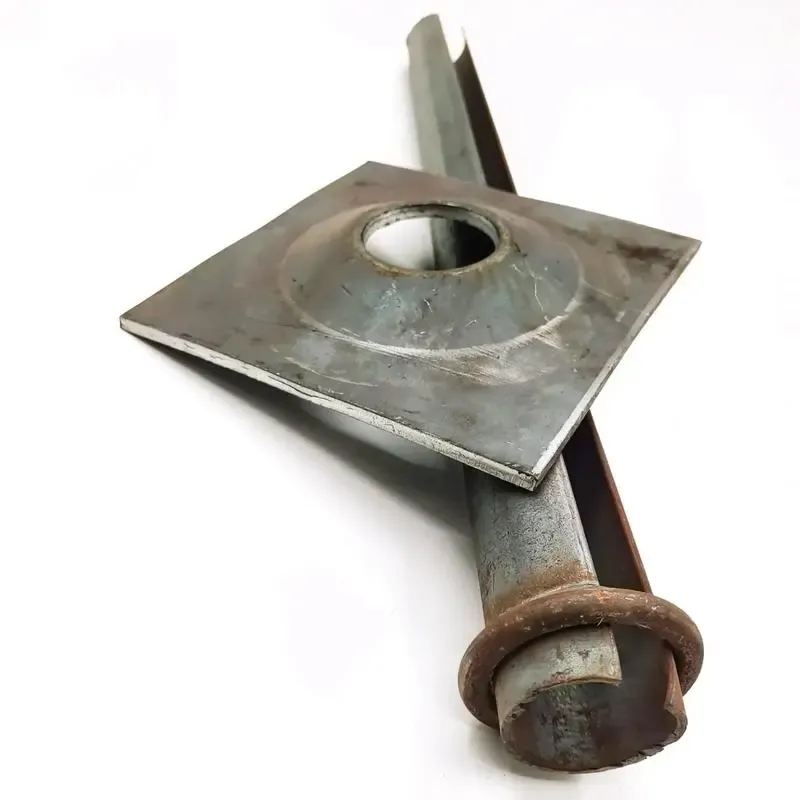
7. Tungsten Carbide Picks for Mining
Tungsten carbide picks for mining are key components in mining machinery used for cutting coal and rock. Their tool bodies are made of 42CrMo alloy structural steel.
Tungsten carbide has extremely high hardness, and its Vickers hardness can reach 2000 - 3000HV, enabling the picks to easily cut into coal and rock.
According to actual tests, under normal coal and rock working conditions, a coal mining machine using tungsten carbide picks can work continuously for 200 - 300 hours after each pick replacement, which is about 50% longer than that of ordinary picks. At the same time, the picks can withstand an impact force of up to 5000 - 8000N, and their performance is reliable.
Conclusion
The mining environment is very complex and harsh, and fiberglass mining bolts can also be considered for special scenarios. Nowadays, some innovative mining equipment parts designs have begun to use fiberglass parts (this material is also widely used in the manufacture of Fiberglass Auto Parts), which are suitable for new mining equipment that needs to be lightweight and high-strength. It also has strong corrosion resistance and can withstand the harsh environment of humidity, acid and alkali in mines.
PREVIOUS:
NEXT:
Contact Us
E-mail:
[email protected]
Phone/WhatsApp:
+86 15132010868
Address:
Tianlong Company, Yongnian District, Handan, Hebei, China

Hebei Tianlong Fastener Co., Ltd
Contact: Sophia
Tel: +86 18630088852
Tel: +86 15132010868
E-mail: [email protected]
E-mail: [email protected]
Add: Tianlong Company, Yongnian District, Handan, Hebei, China
-
Railway fittings and Building fittings
-
-
-
Split Set Rock Bolt for Full-Length Anchoring – Trusted in Geotechnical
-
High-Tensile Hex Scaling Bar - HR or EPDM Blend Cover and SAR Rubber
-
Threaded Steel Rock Bolts – Roof Anchoring for Mining and Tunnels
-
Tungsten Carbide Mining Cutting Picks - C31HD C30 B47K Series
-
High-Efficiency Rock Drilling Bit - Carbide Superior Alloy Steel Finish
-
Hollow Anchor Bolts for Rock Soil Stabilization Full-System Solutions with Plate Nut
-
Left-Handed Rock Bolts ASTM 615 Grade 60 Stee Q335-Q600 Materials
-
High-Quality B19 Drill Pipe for Coal Mining - M14*1.5 Thread, 16x6 Square Teeth
-
-
Torque Nuts M16-M24, Plain Black Finishes for Precise Fastening in Machinery & Construction
-
Mushroom Head Coal Mine Hex Nuts 4 Surface Finishes for Underground Safety
-
DIN 74361 Forged Dome Rock Nuts - Premium Coal Mining Nuts for Harsh Environments
-
High-Strength Forged Nuts - S45C Steel, HRC 28-32 | Custom for Mining Support Systems
-
Premium Carbon Steel Dome Mine Nuts - Sizes M16 - M50 for Coal Mine Safety
-
Request Quote
















